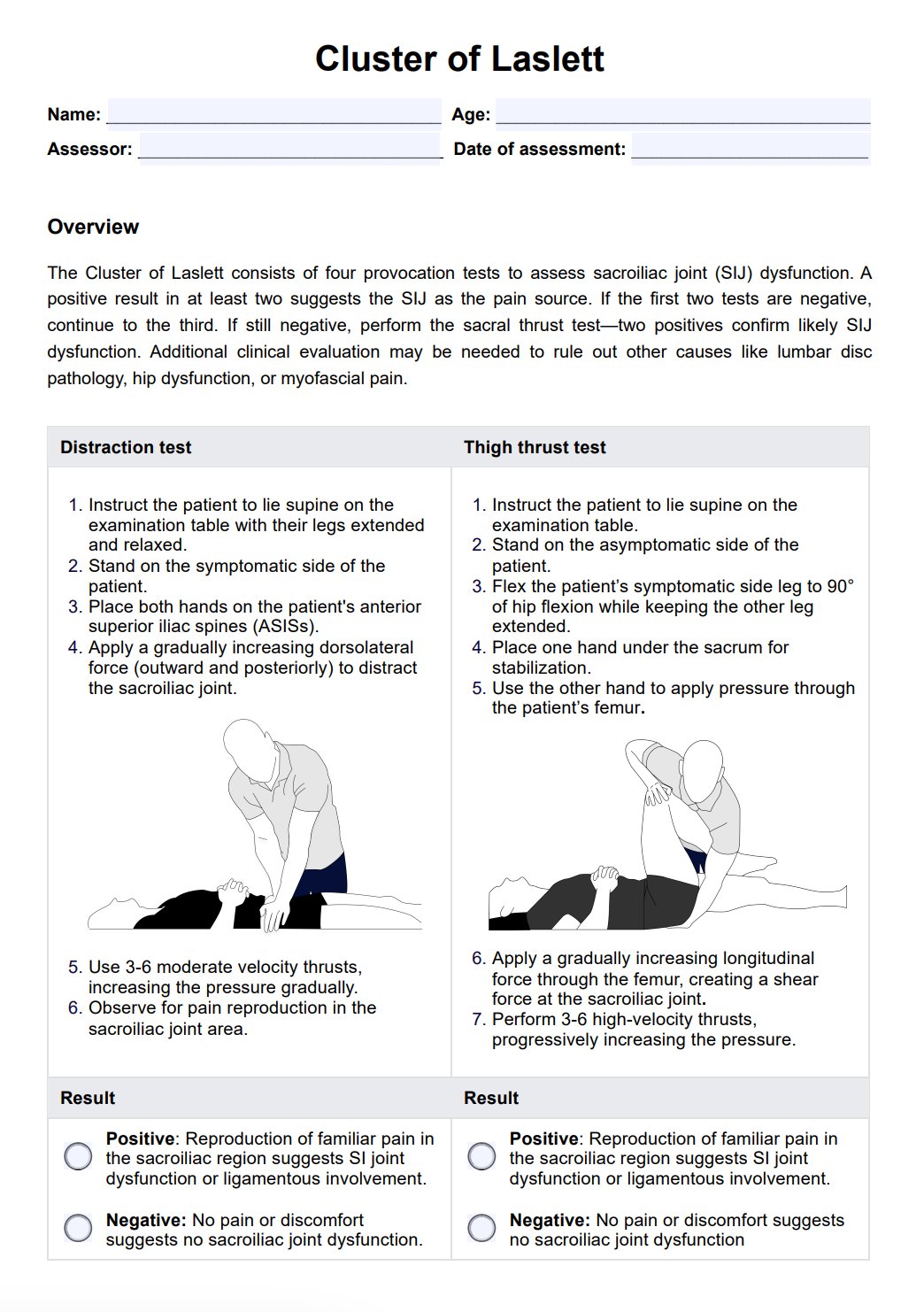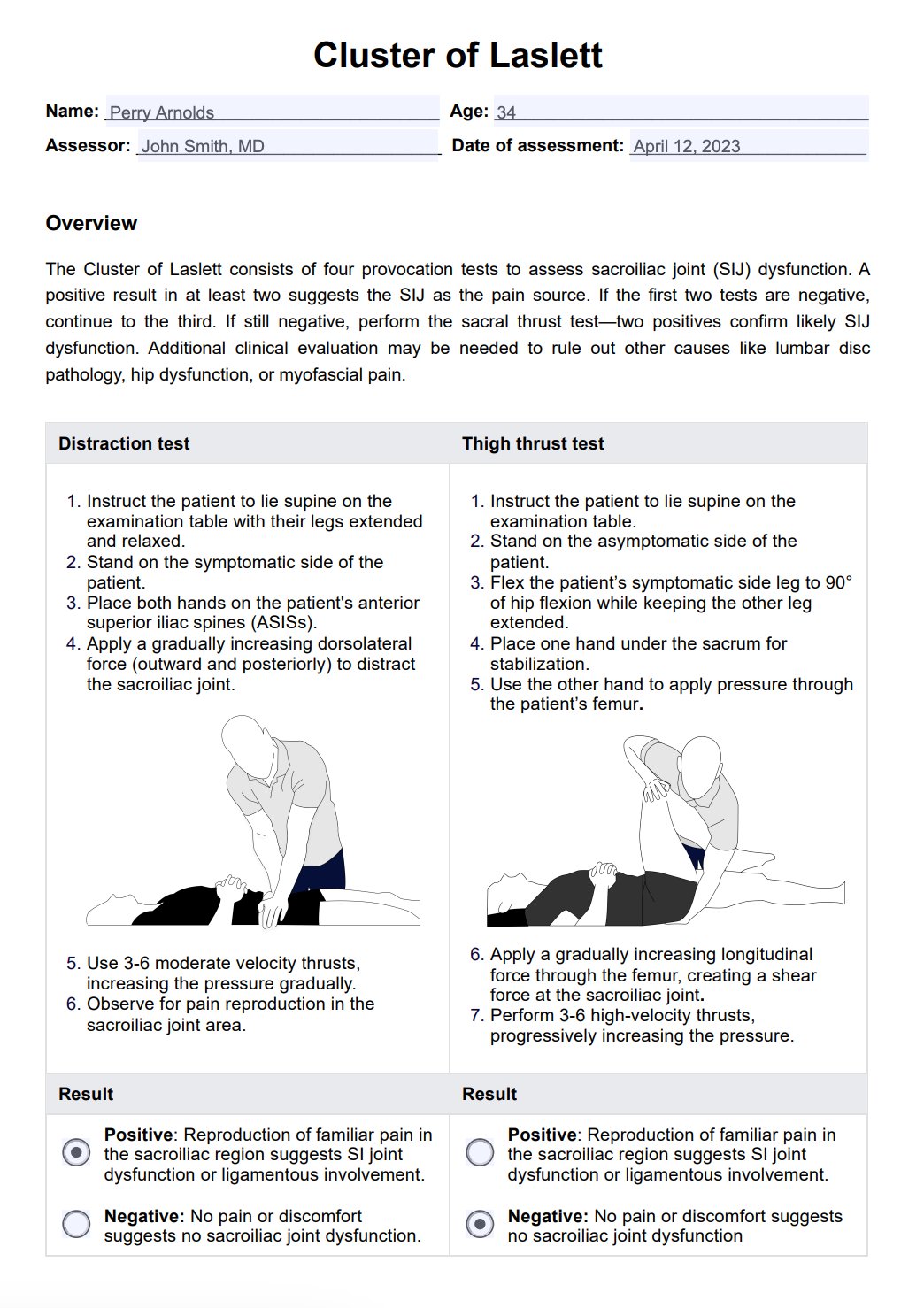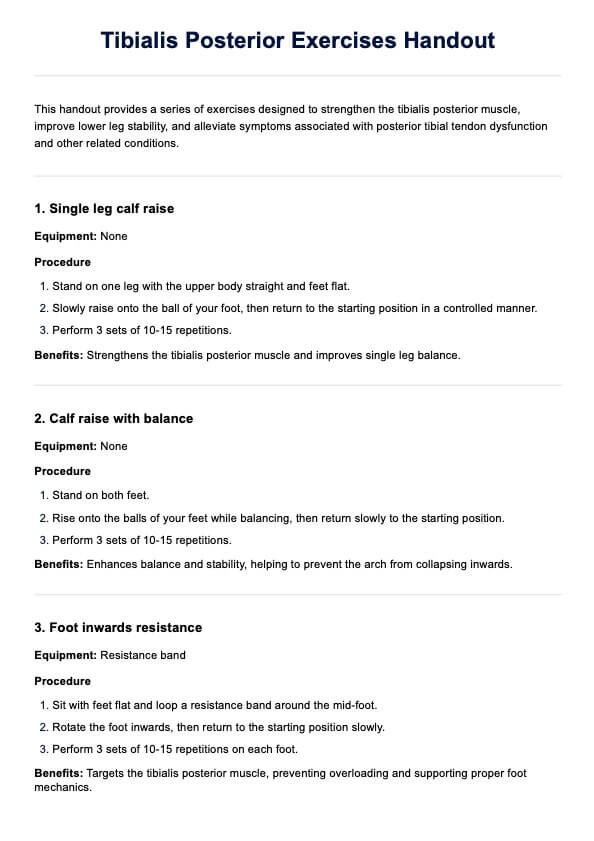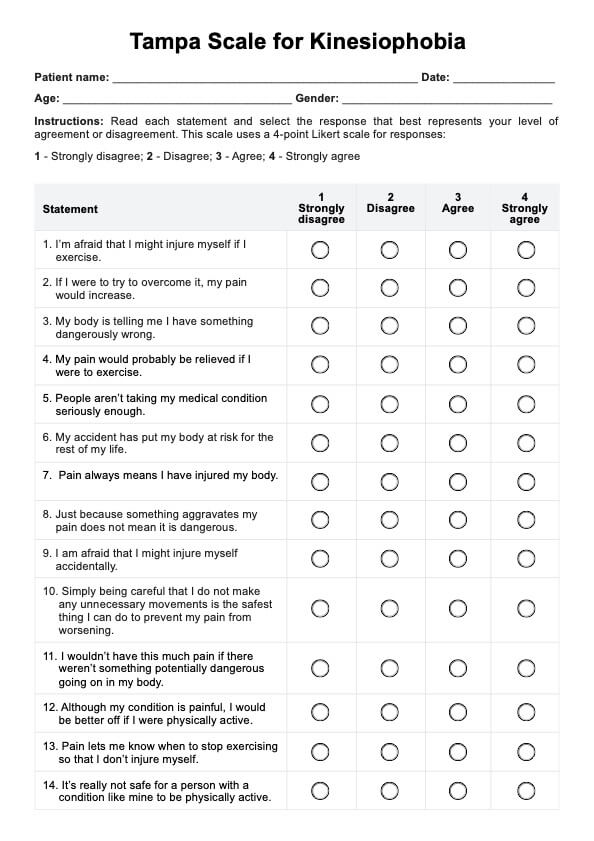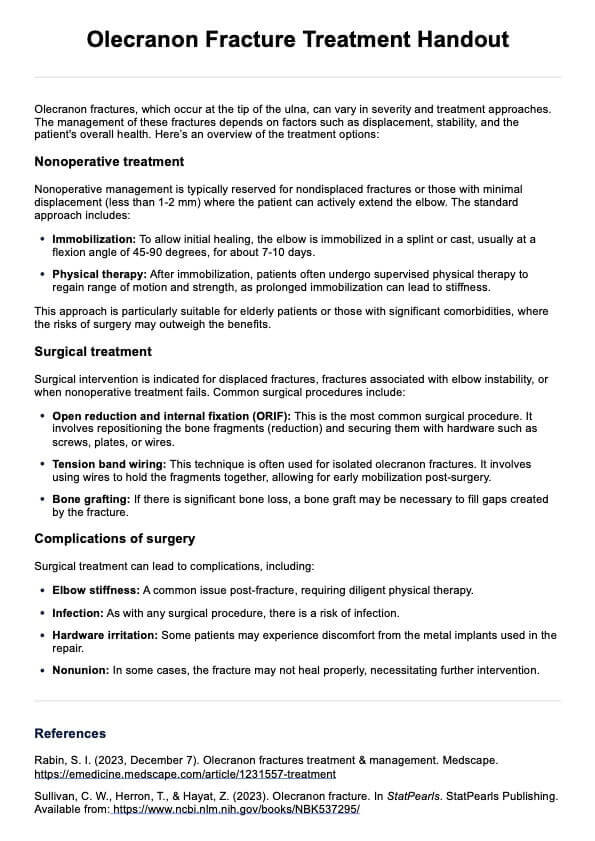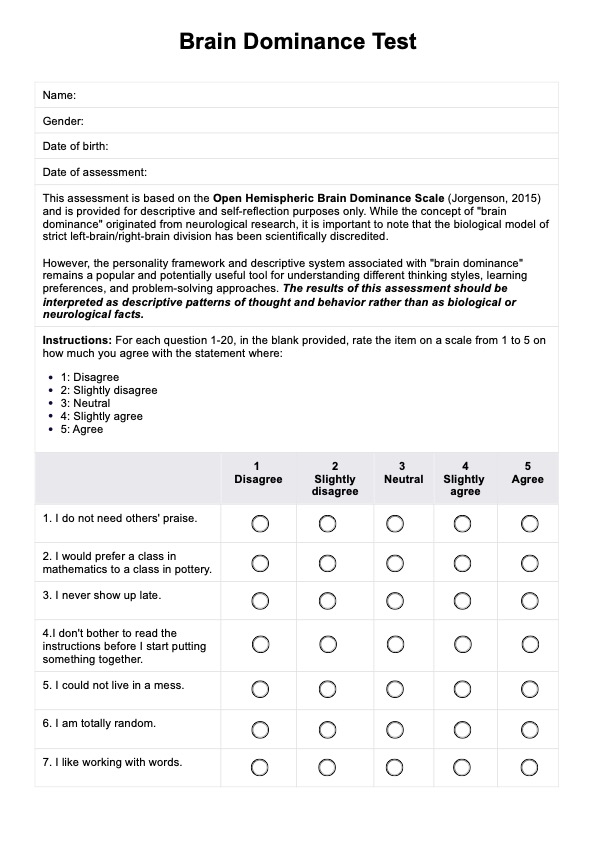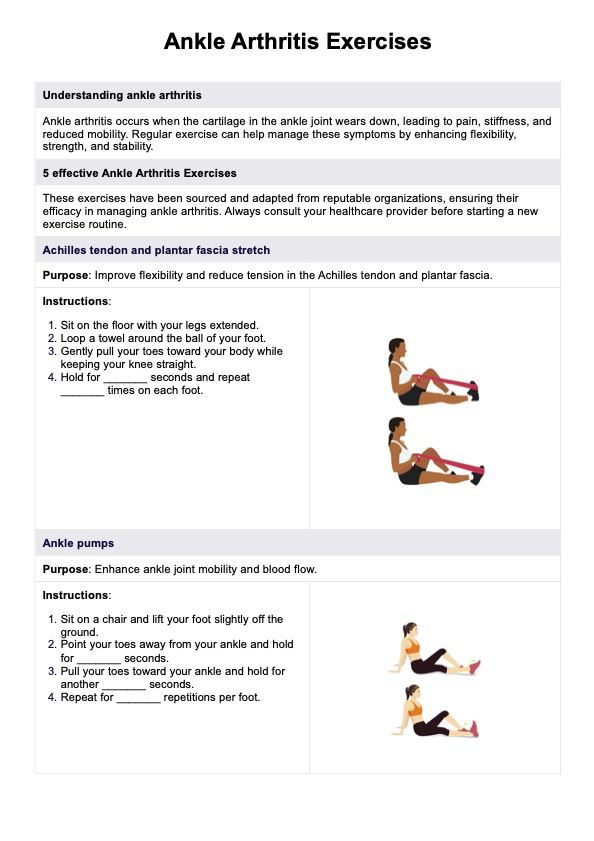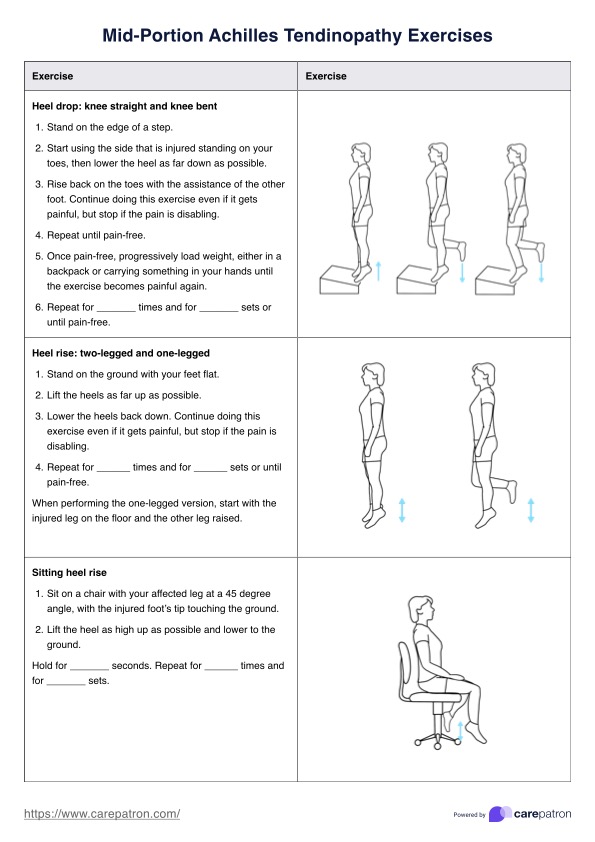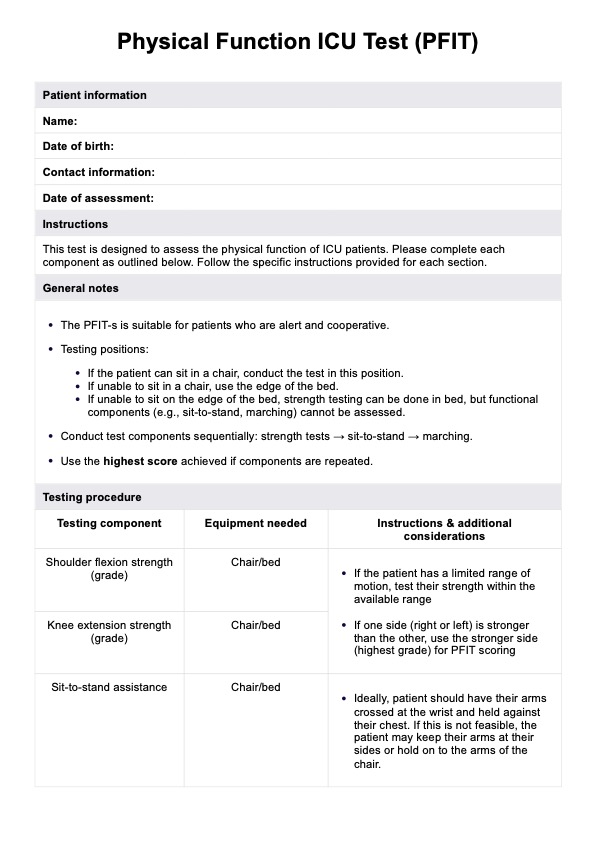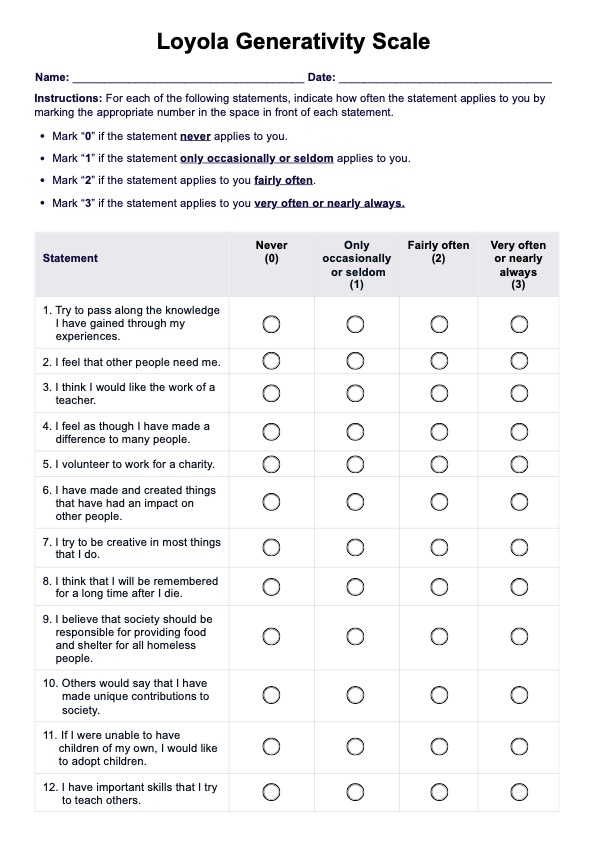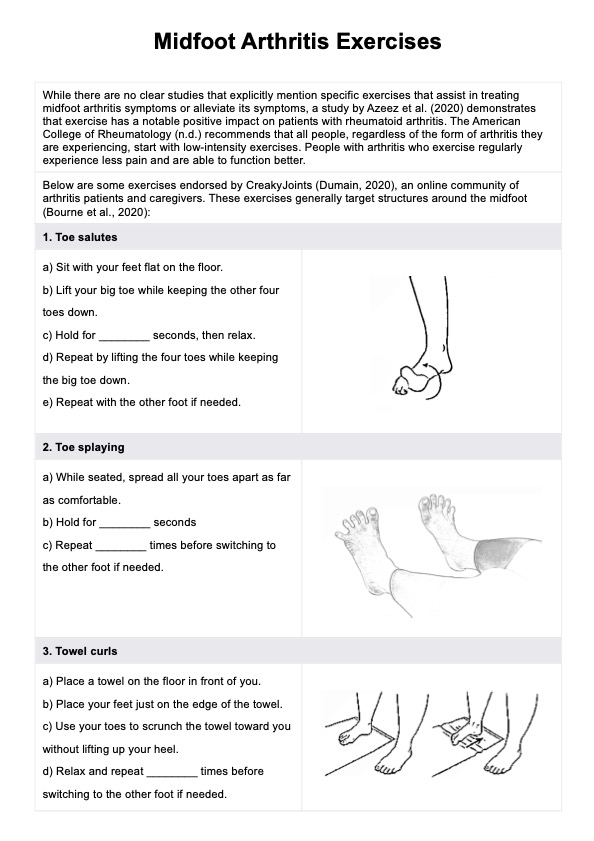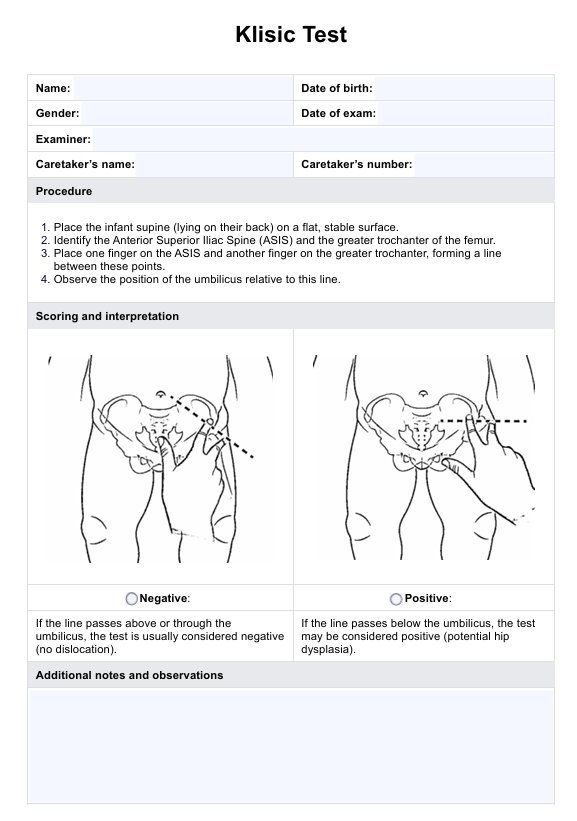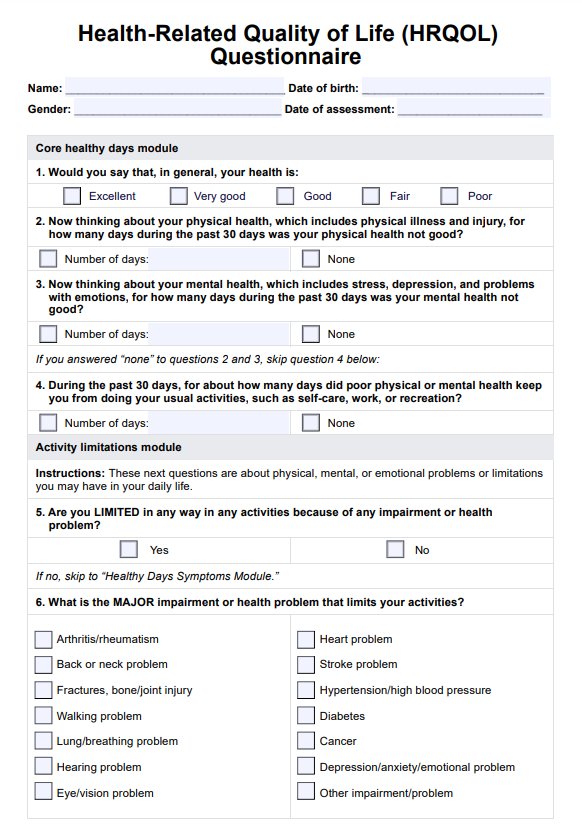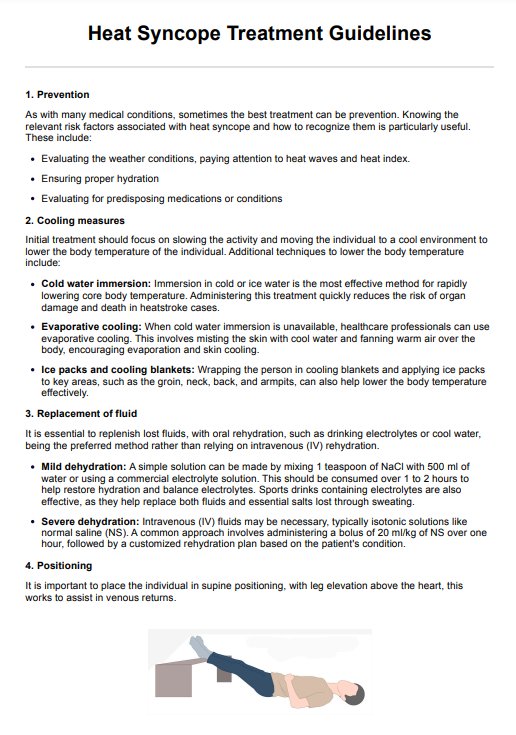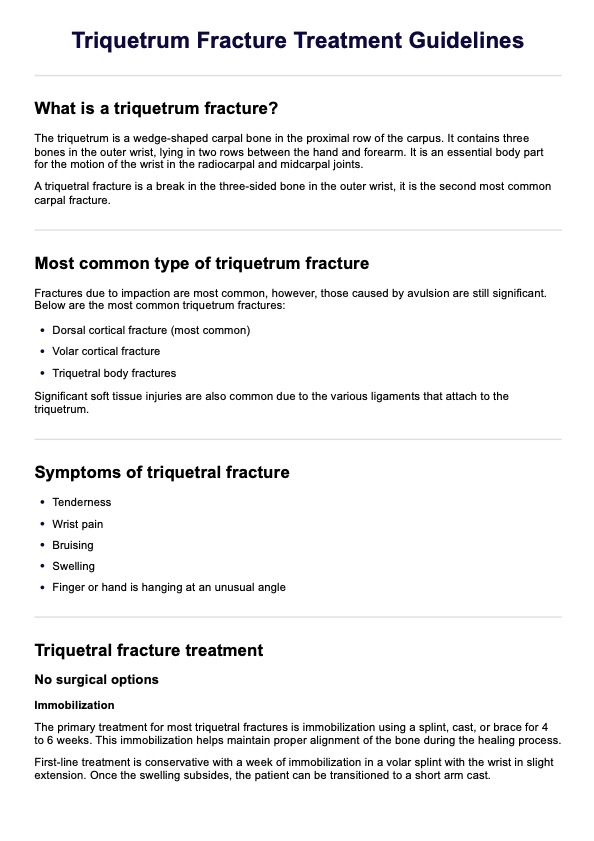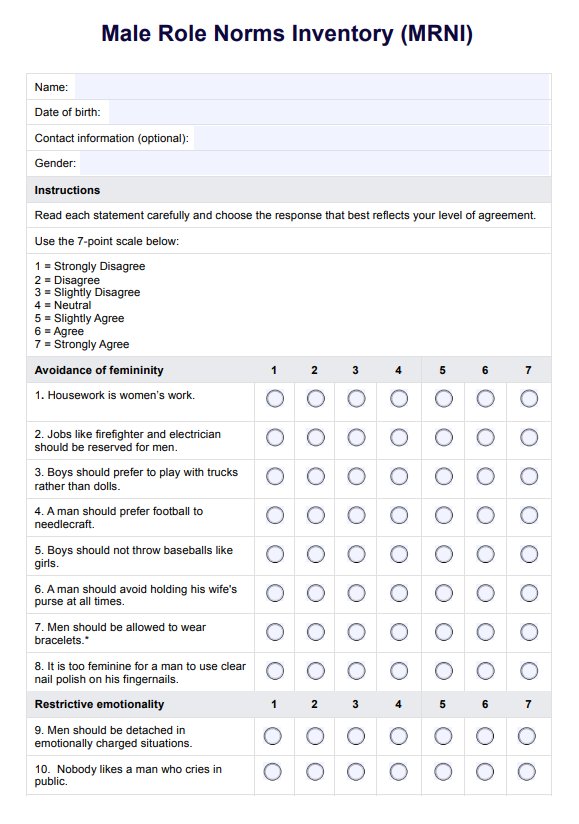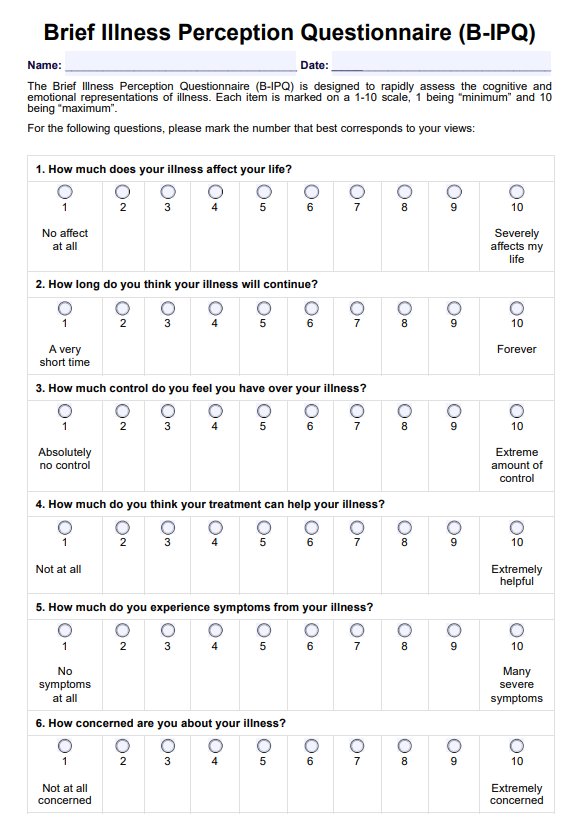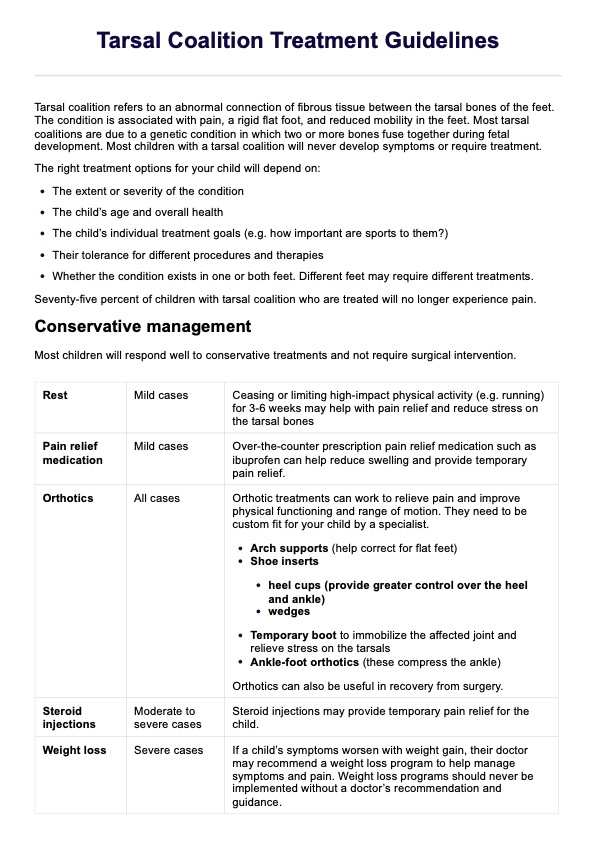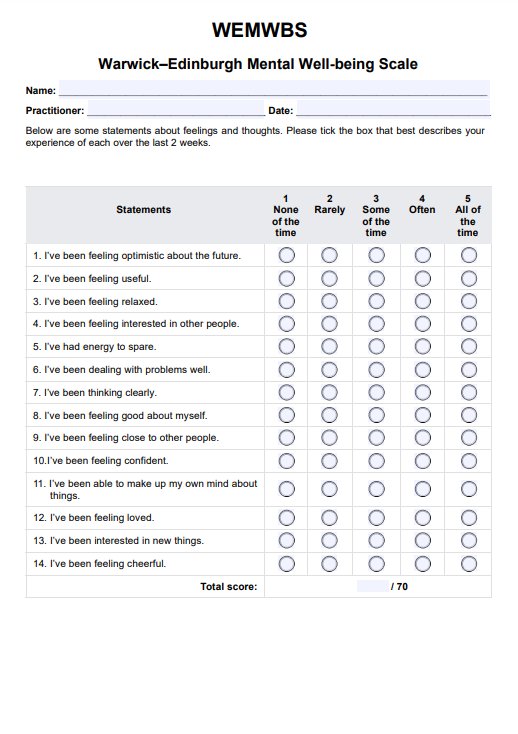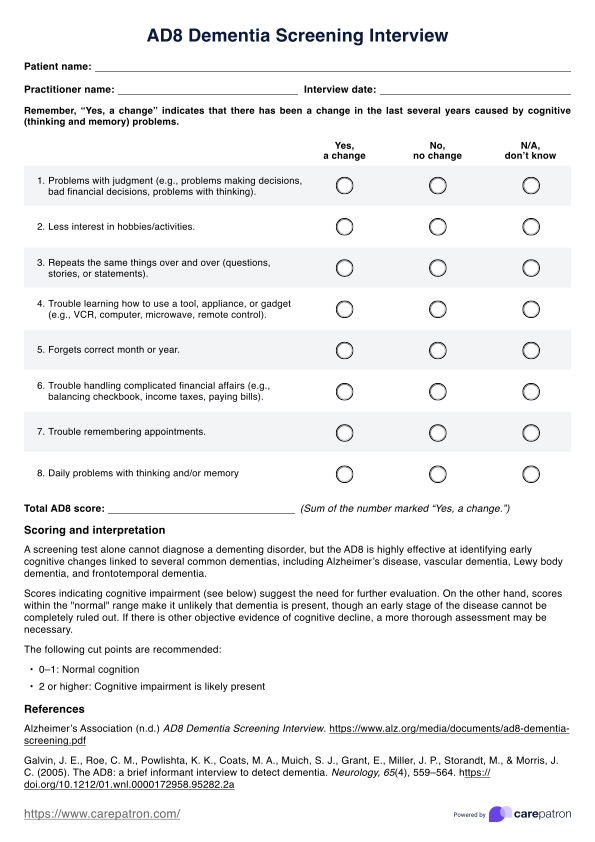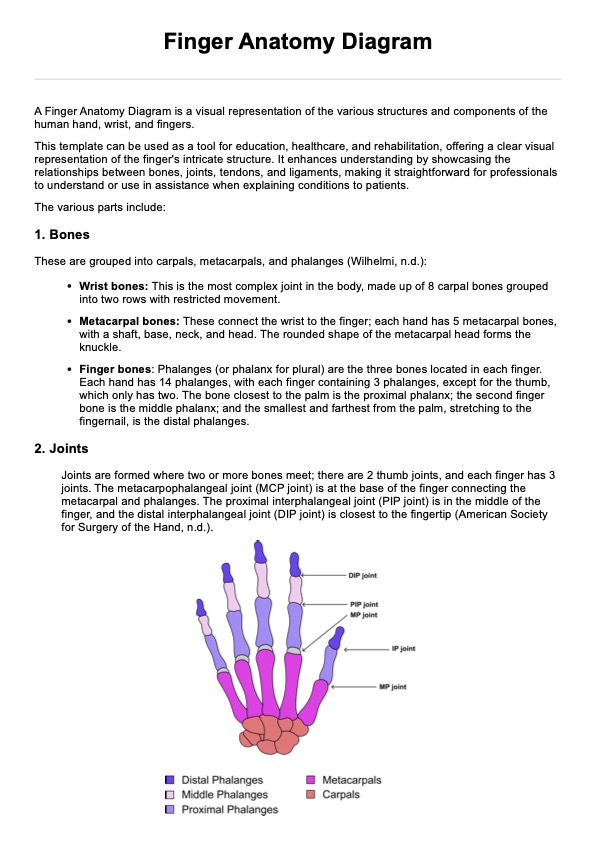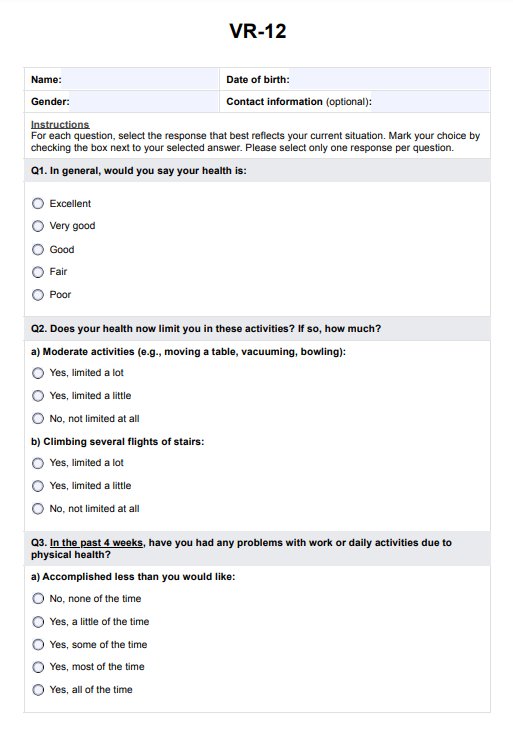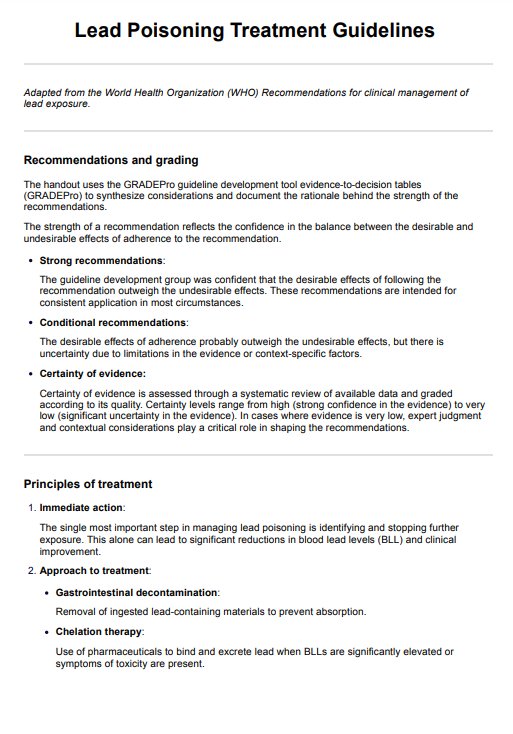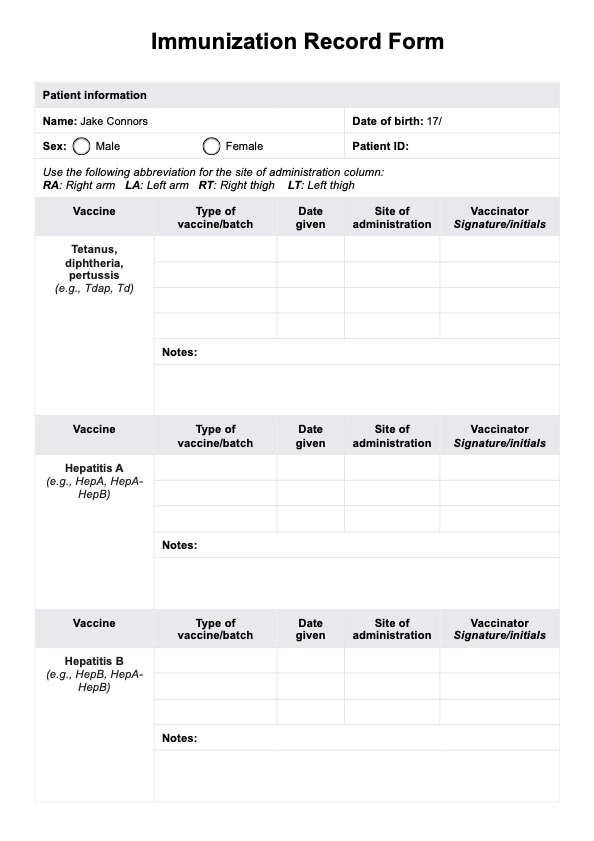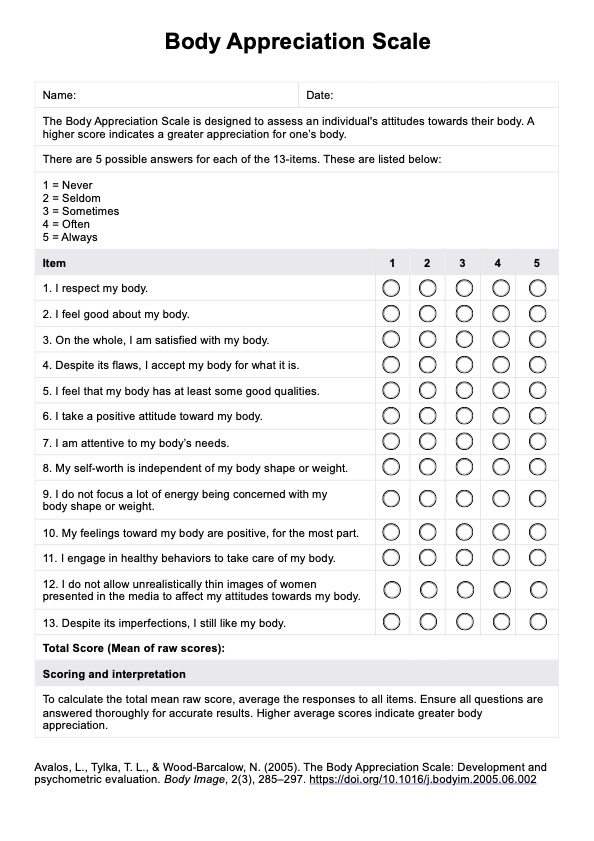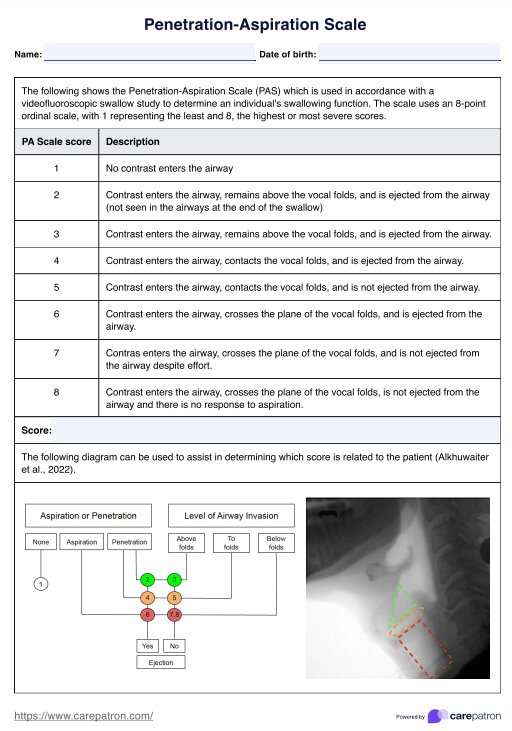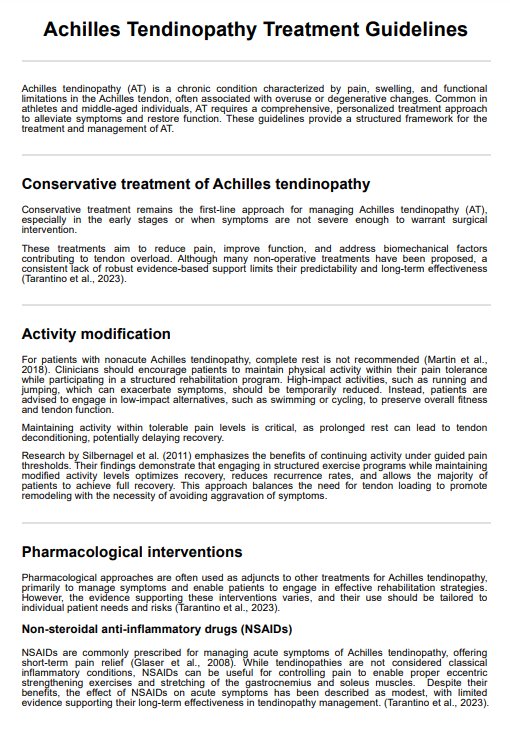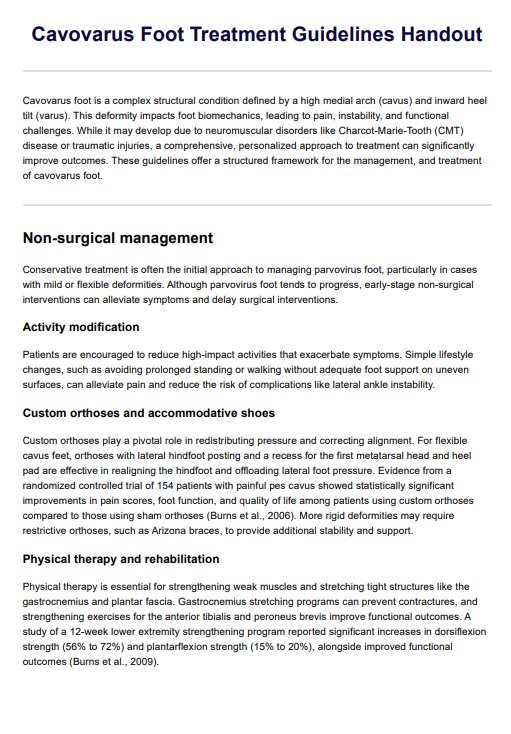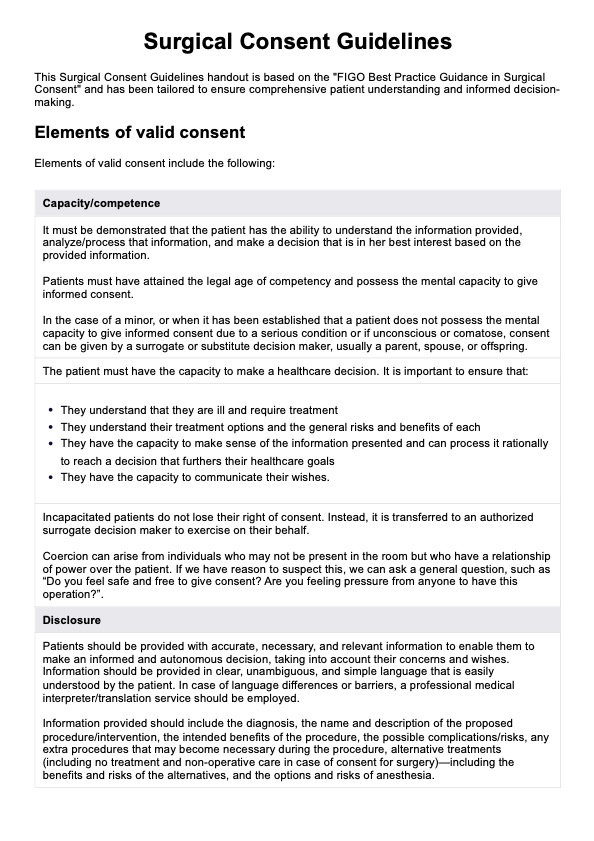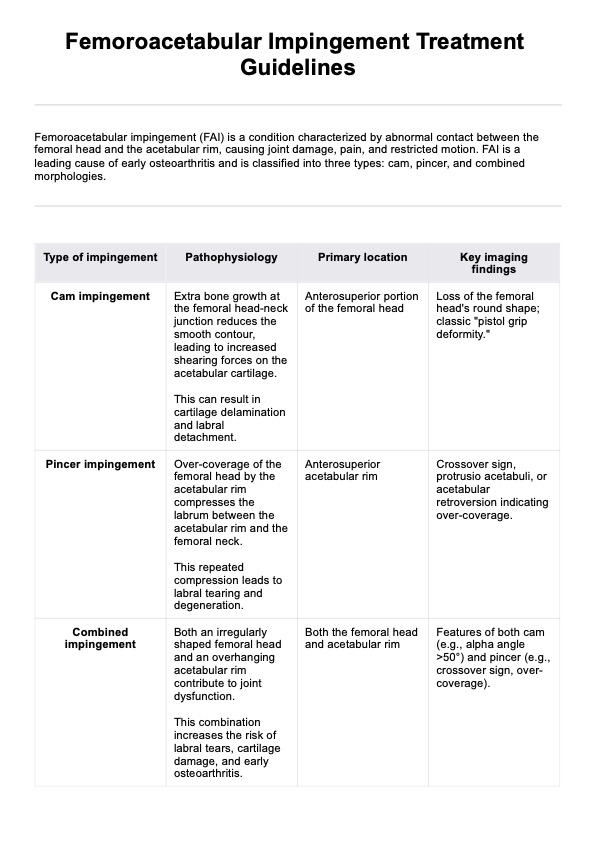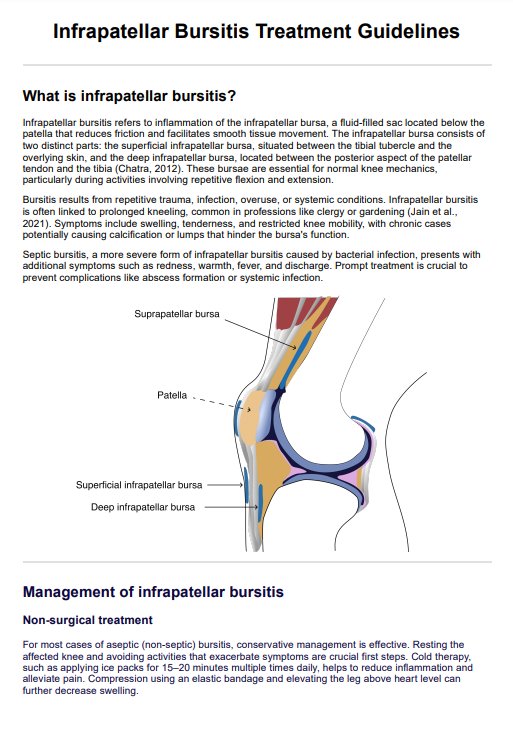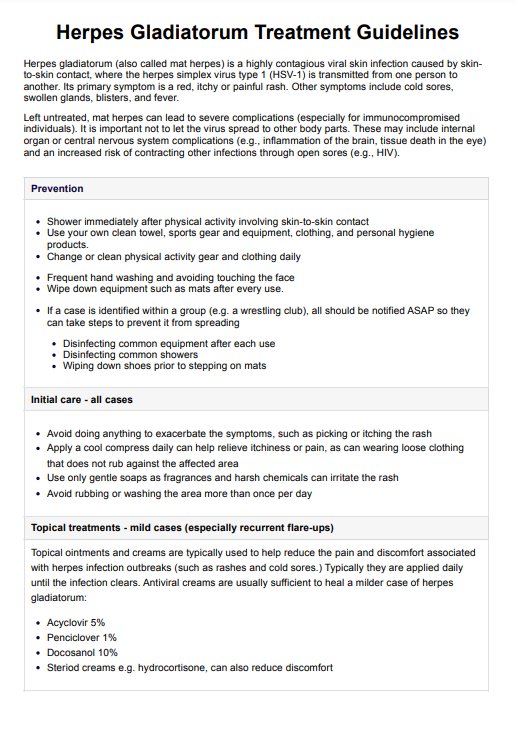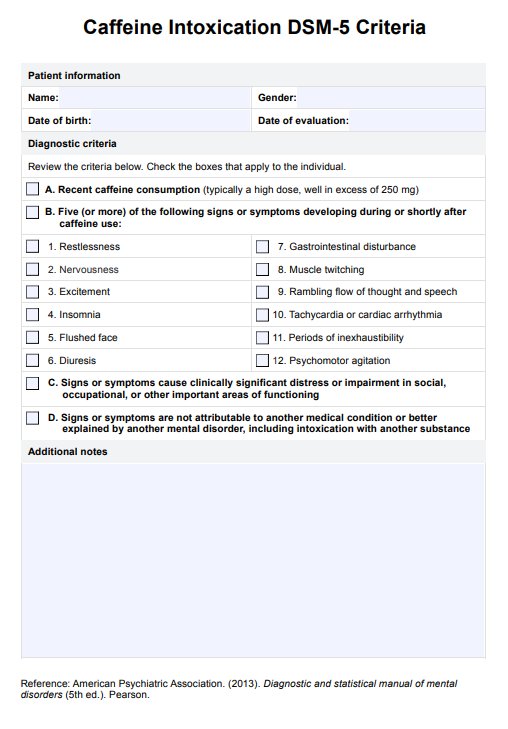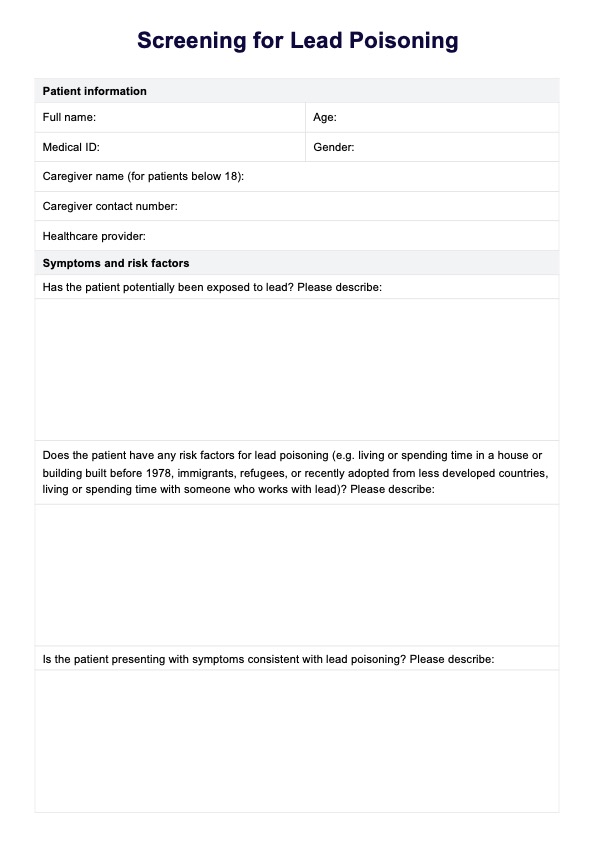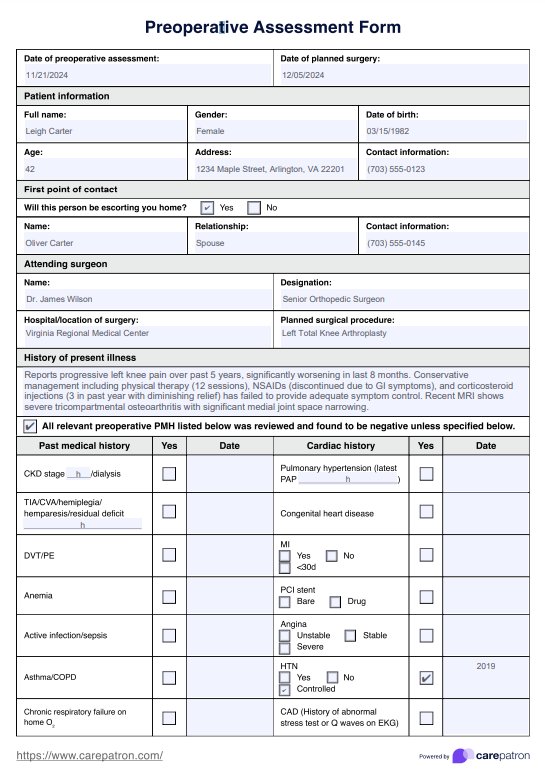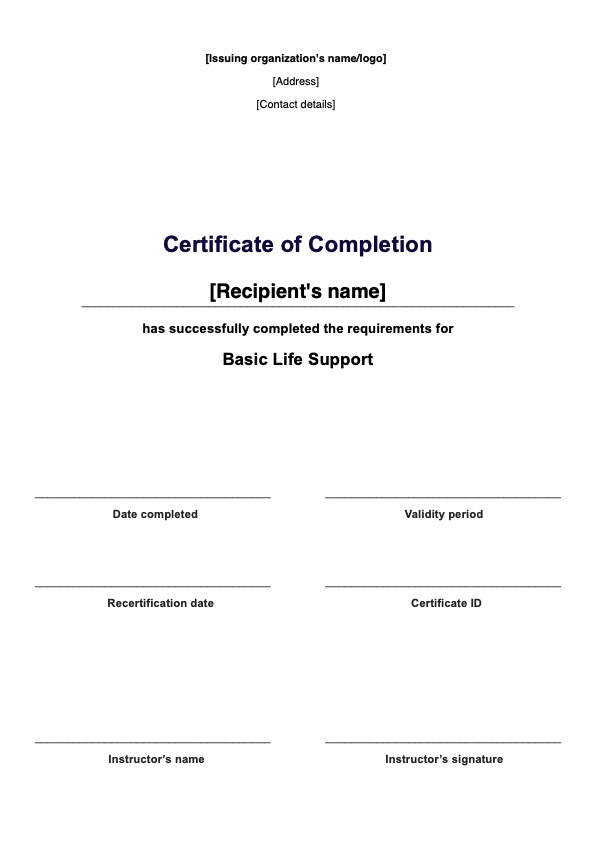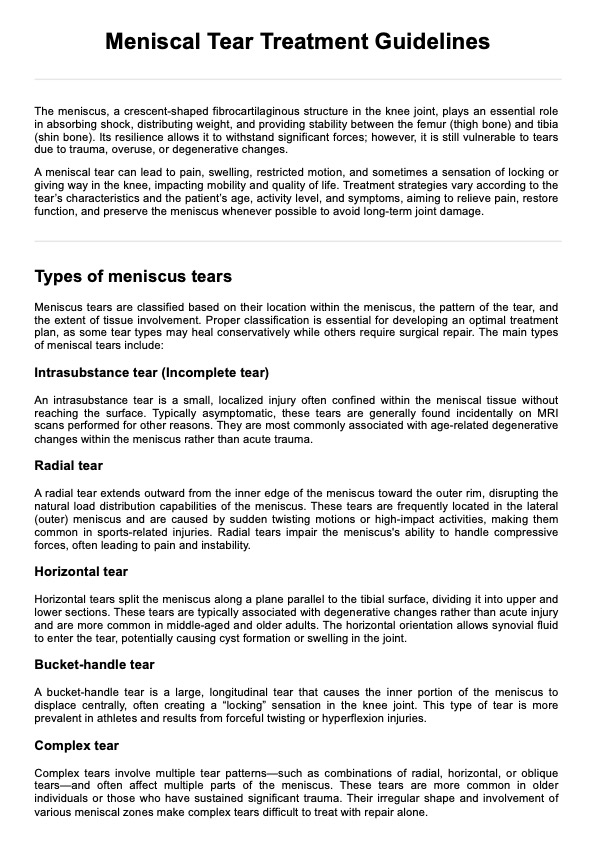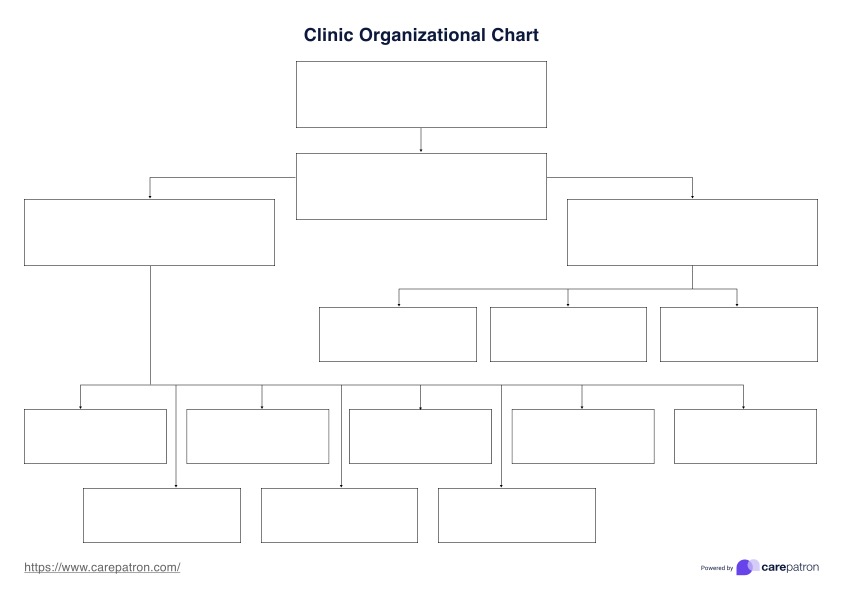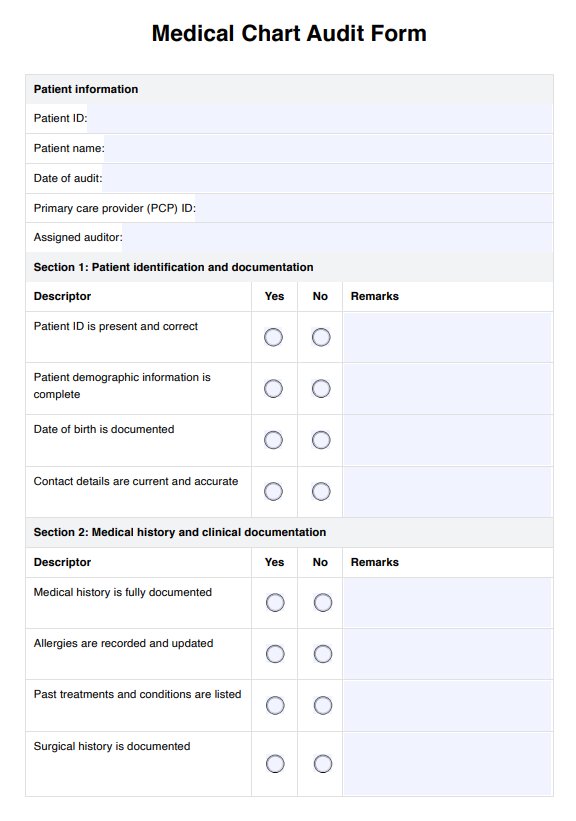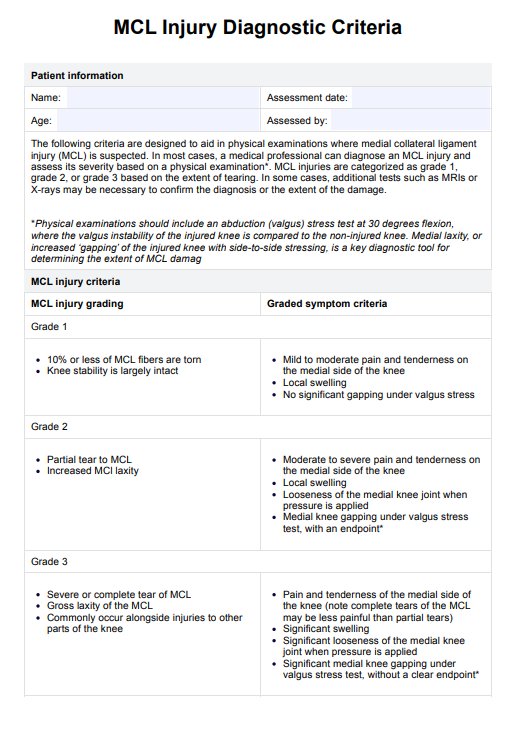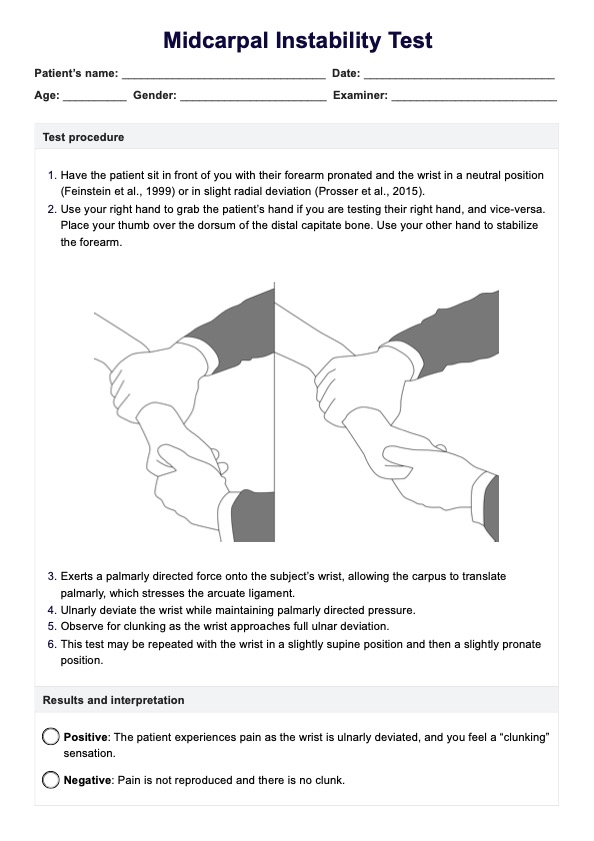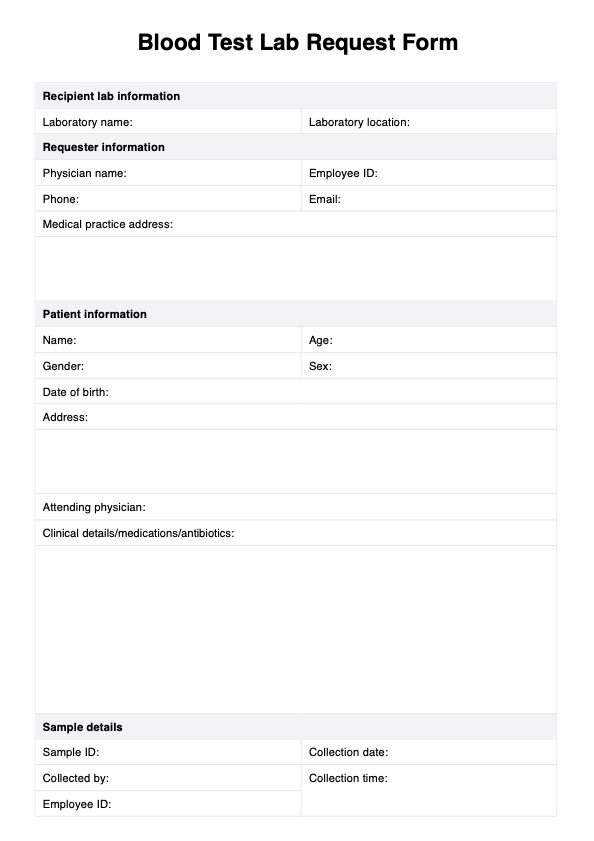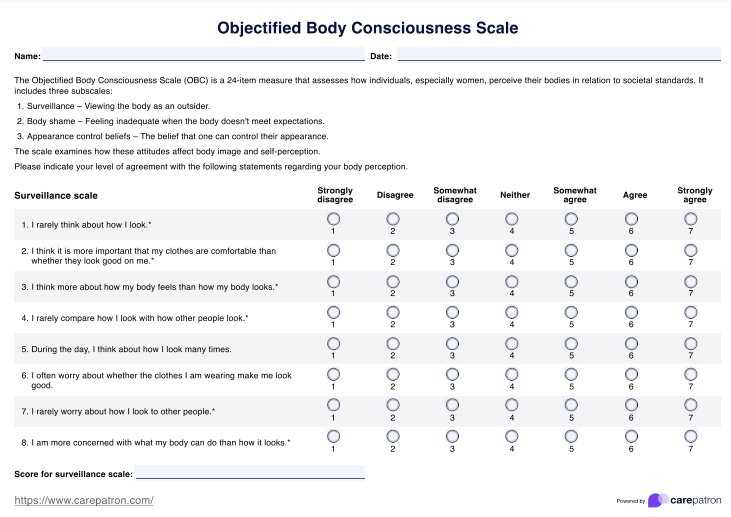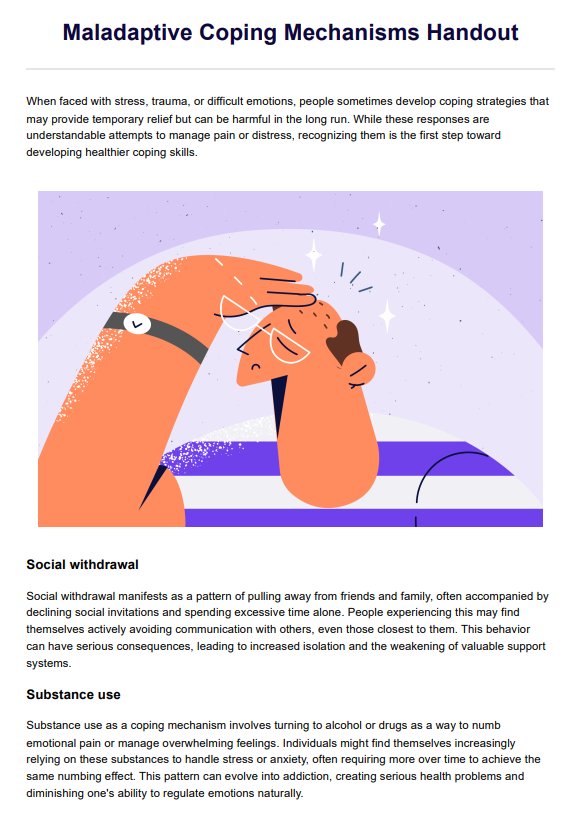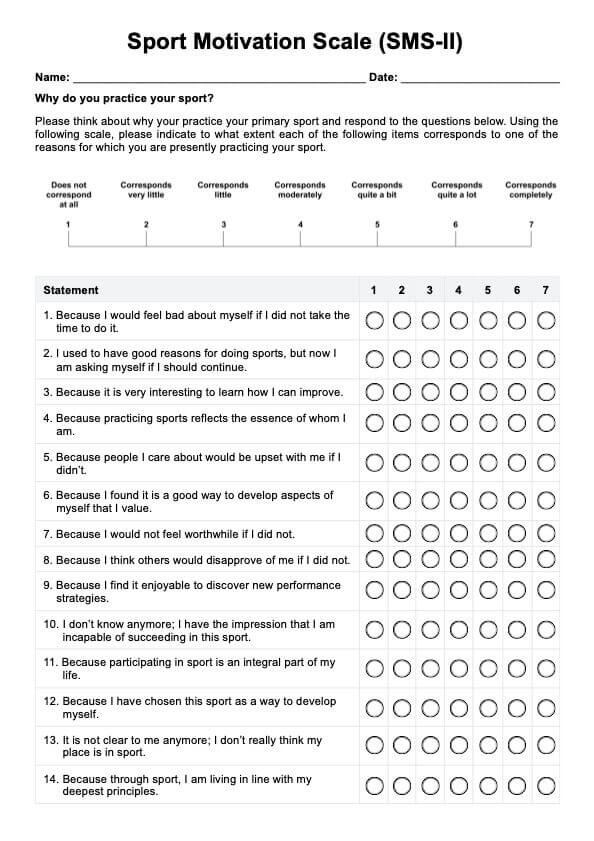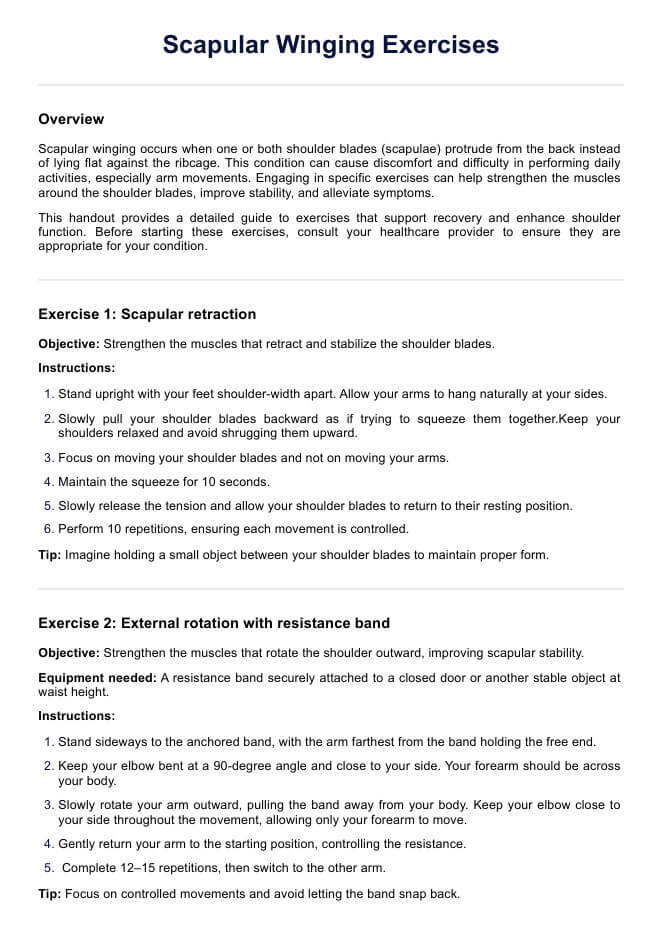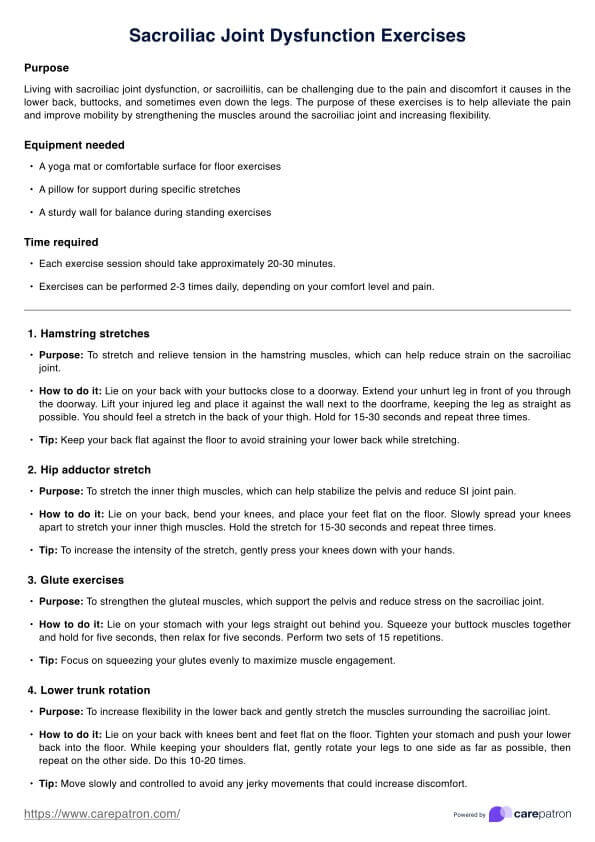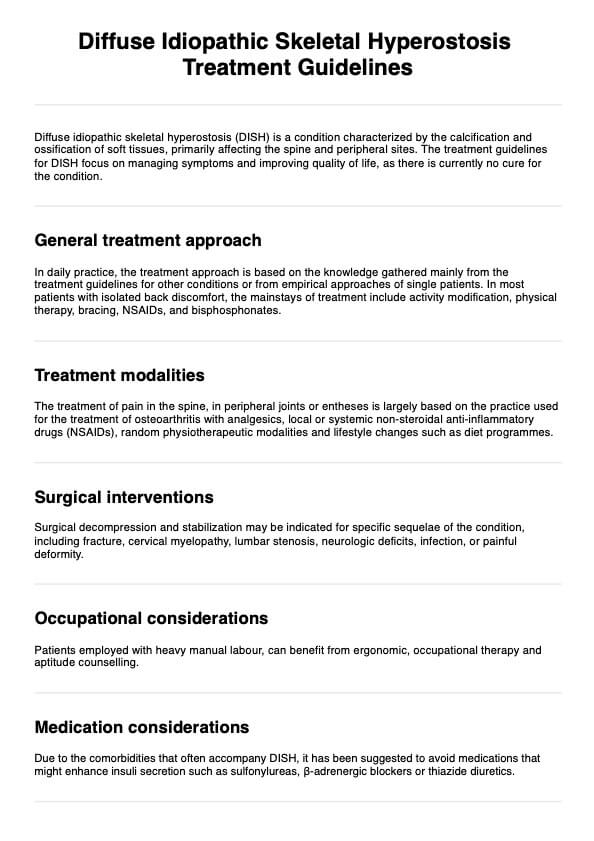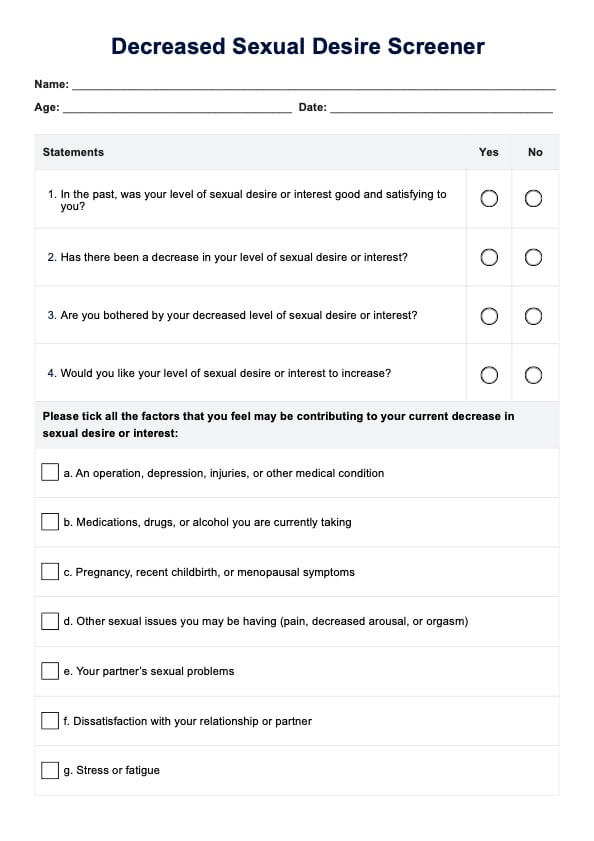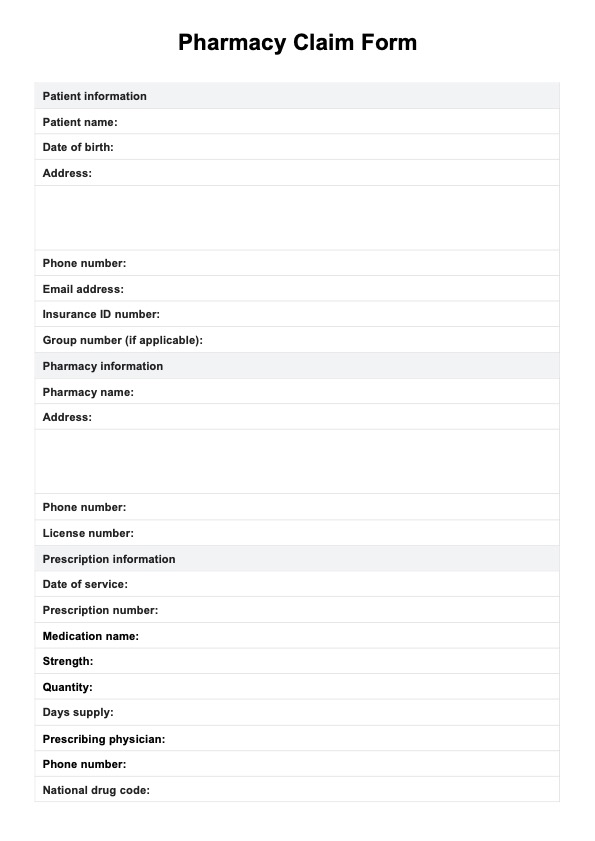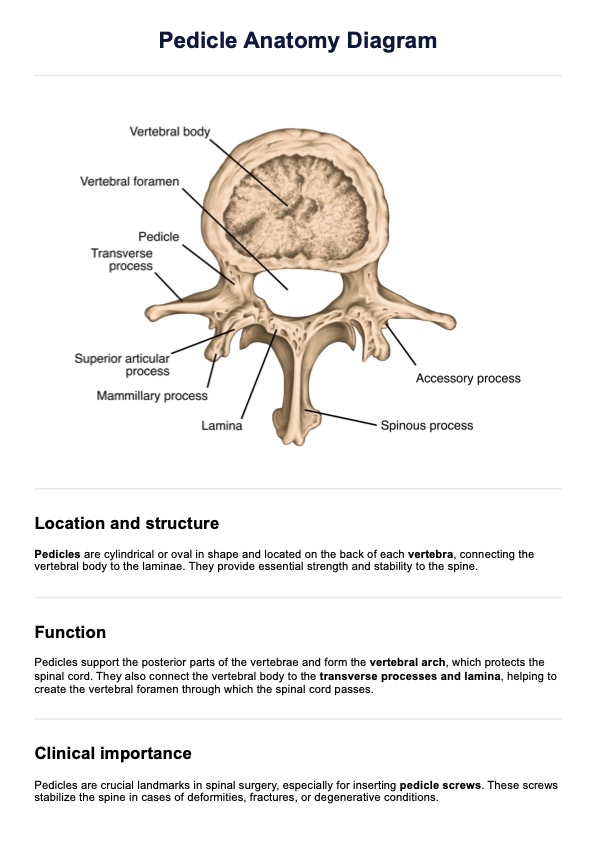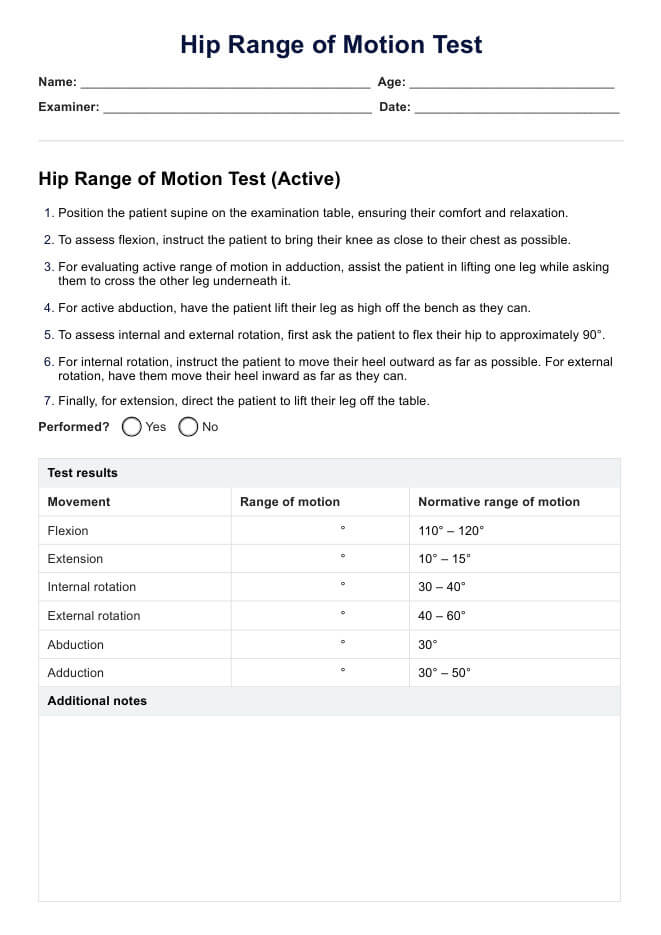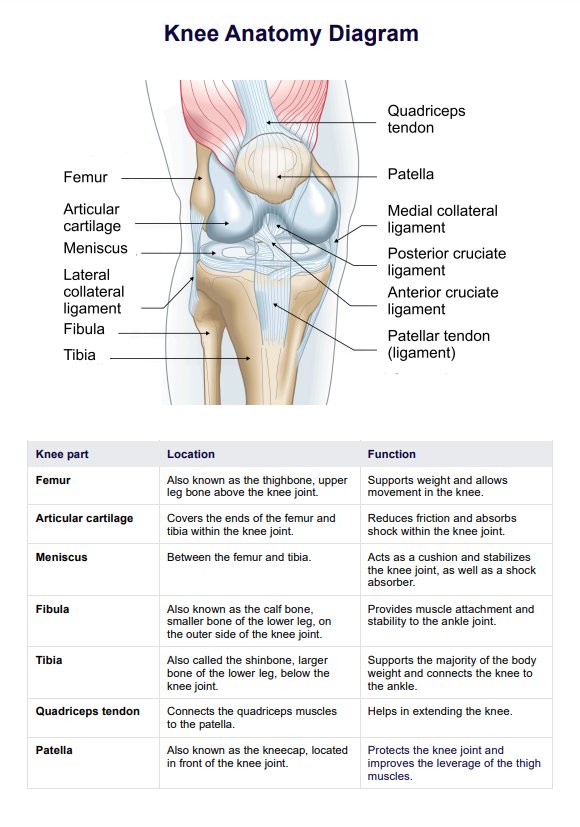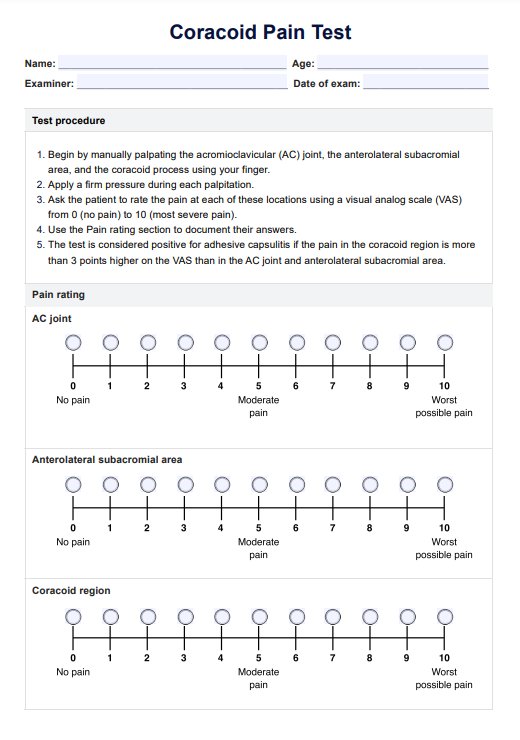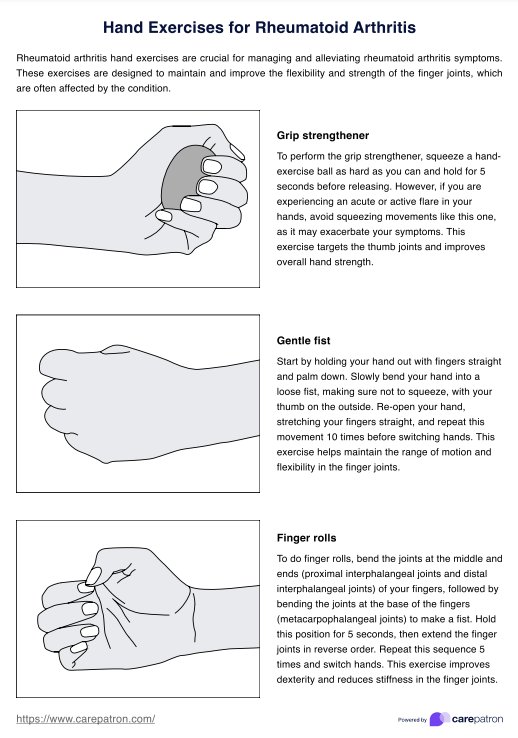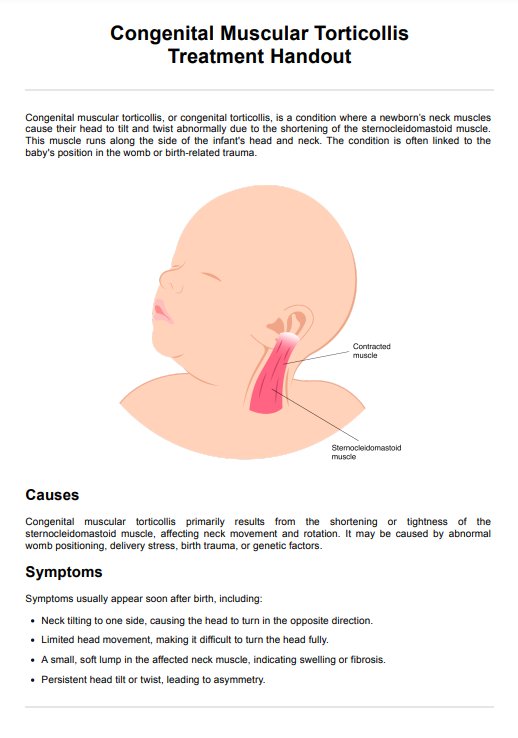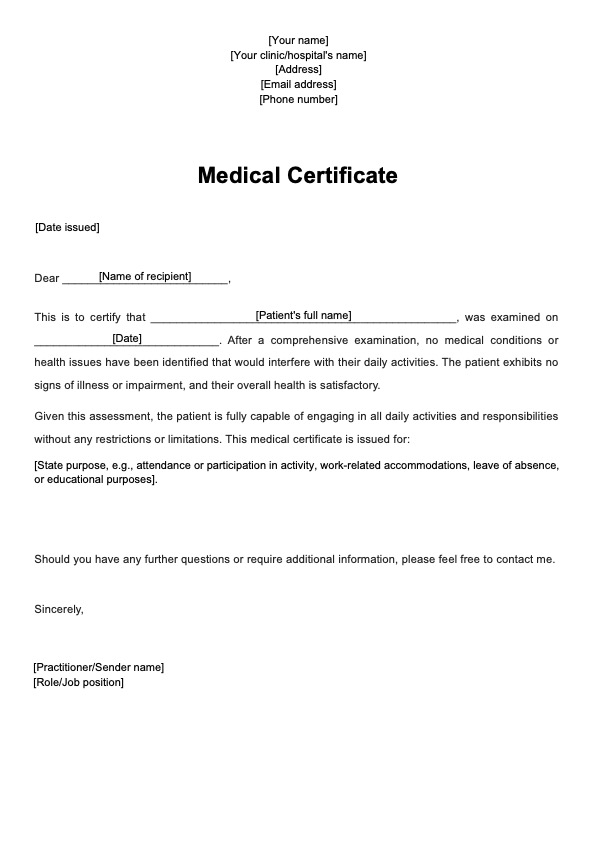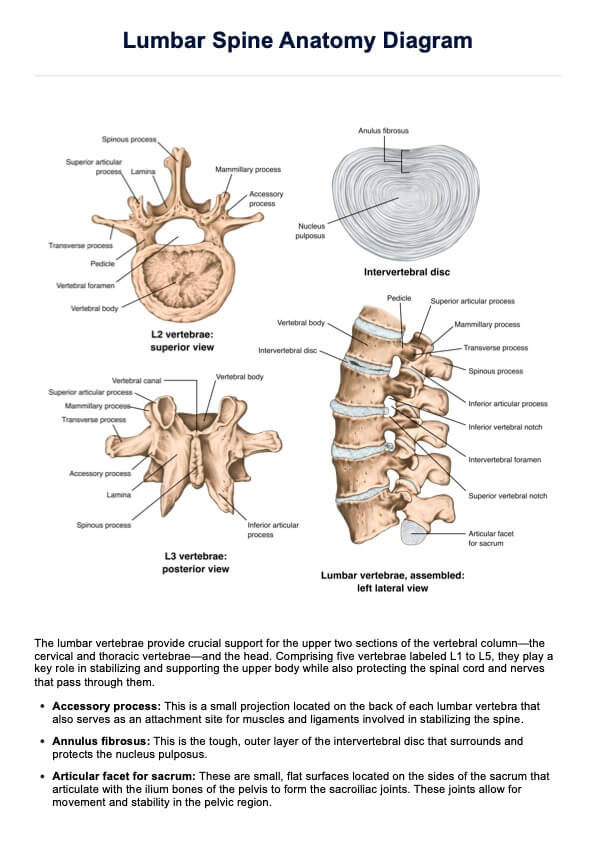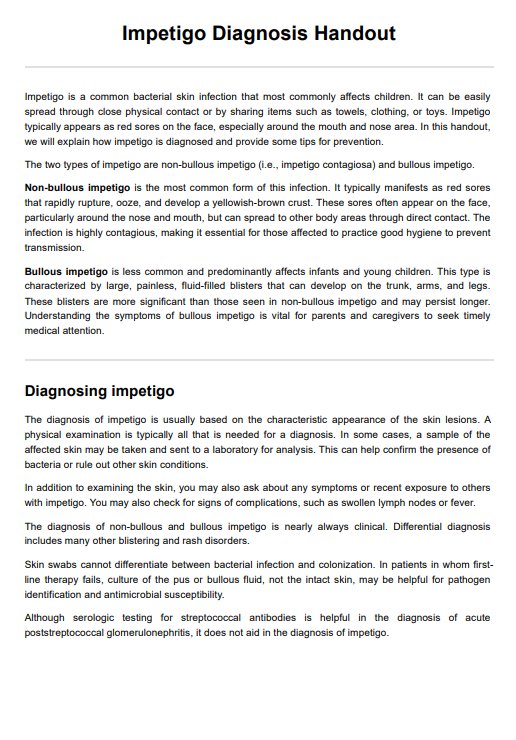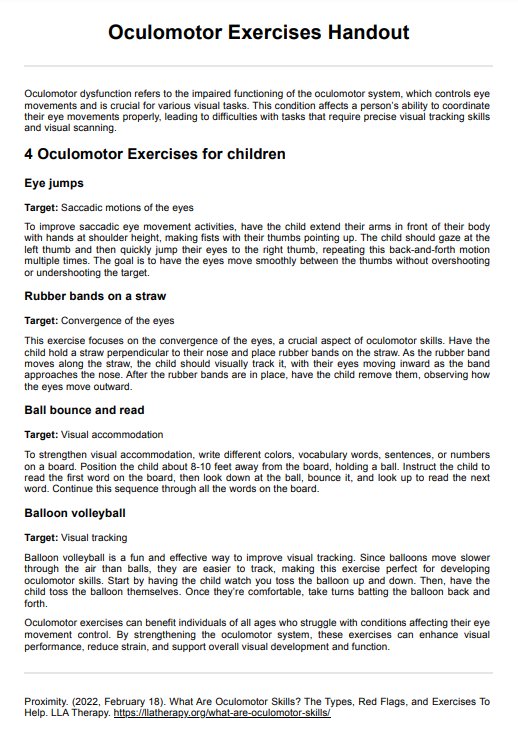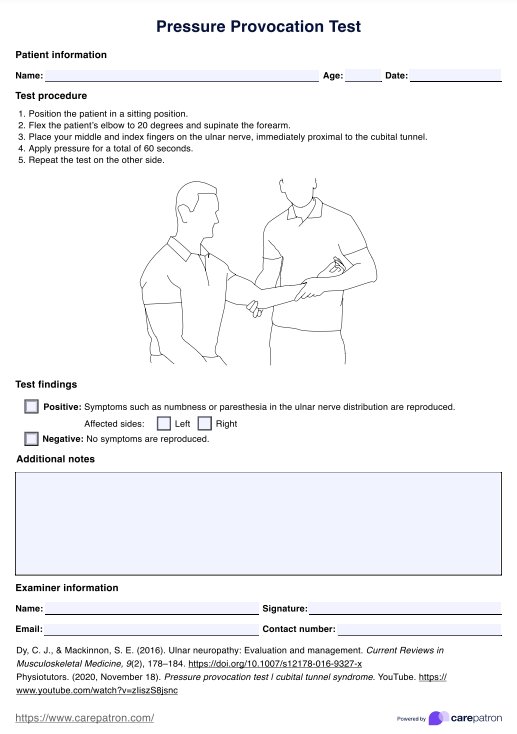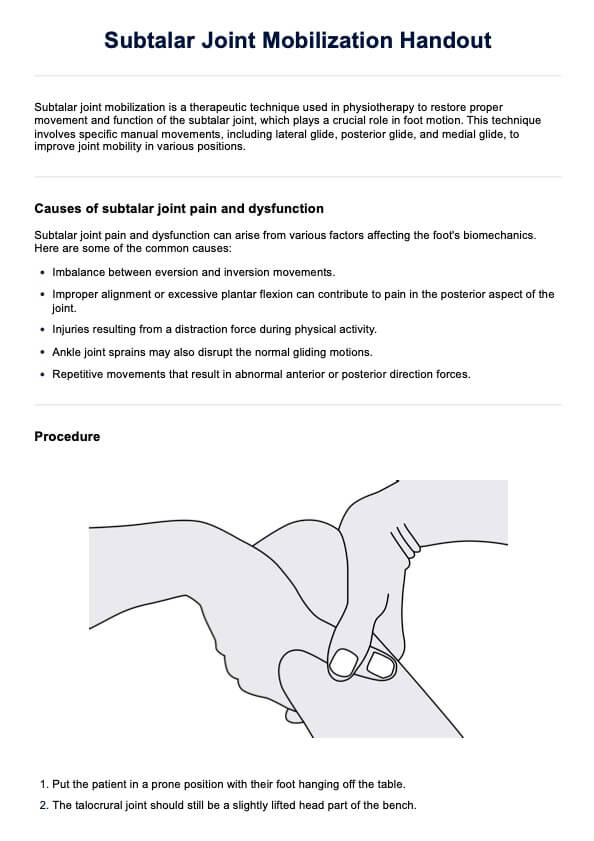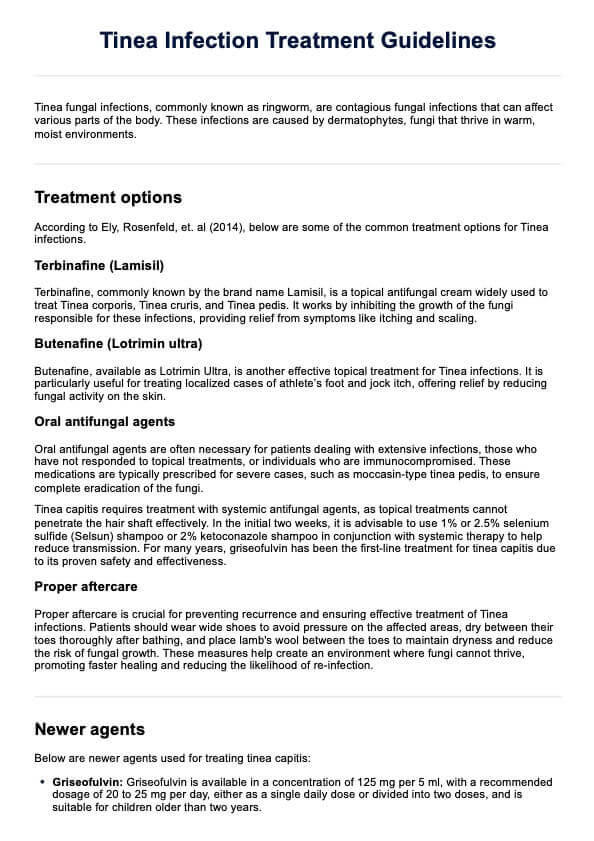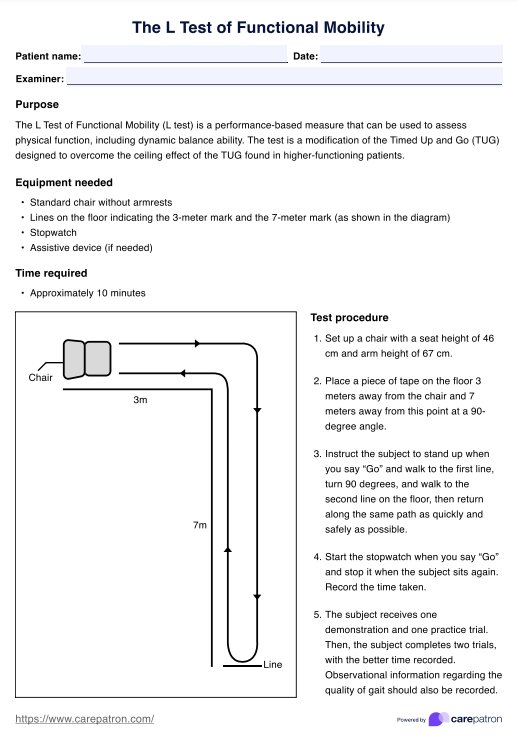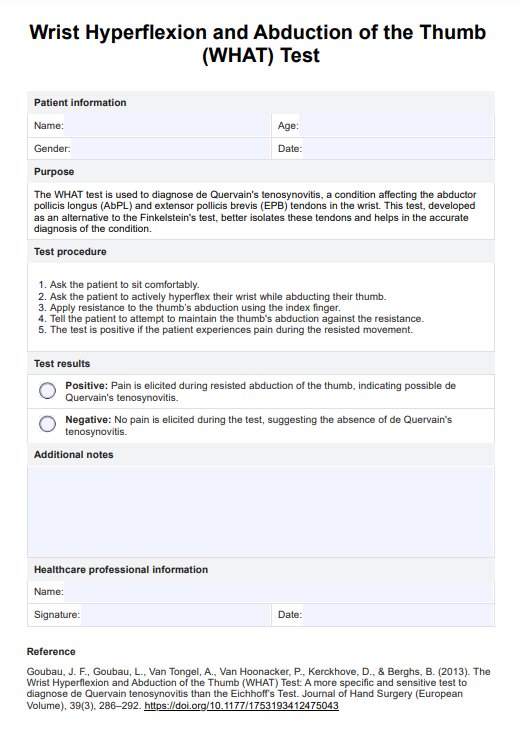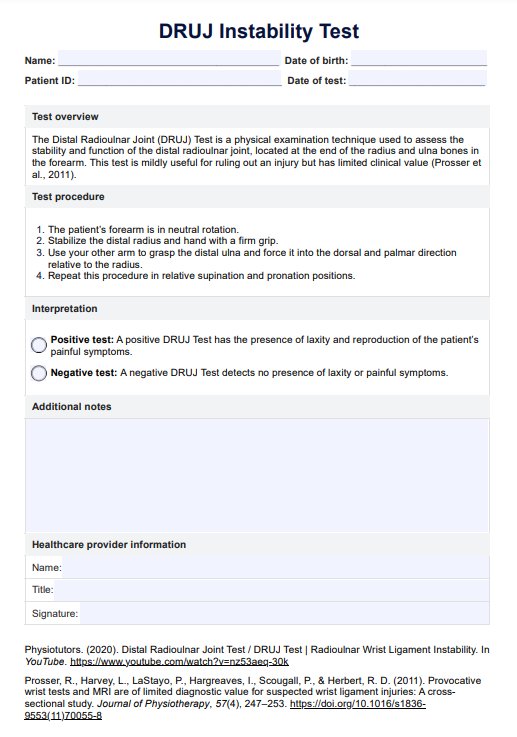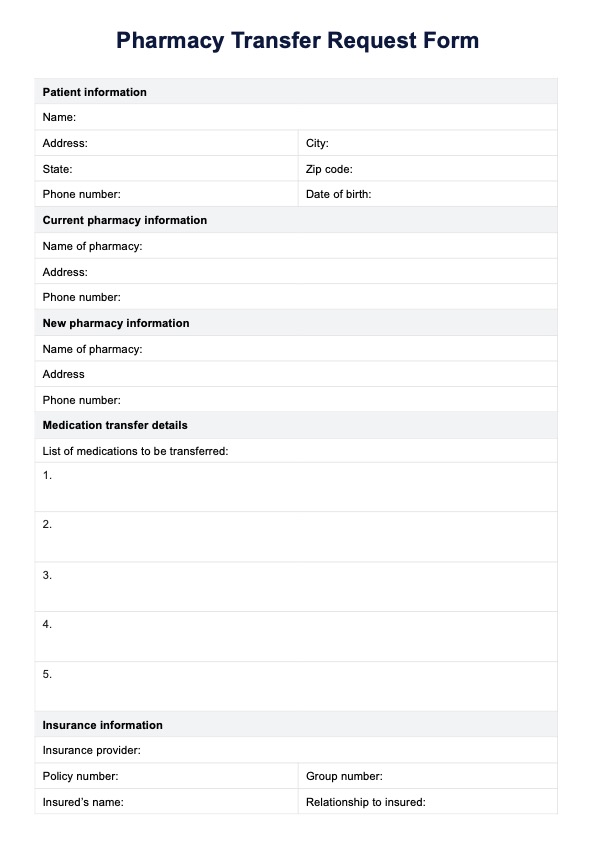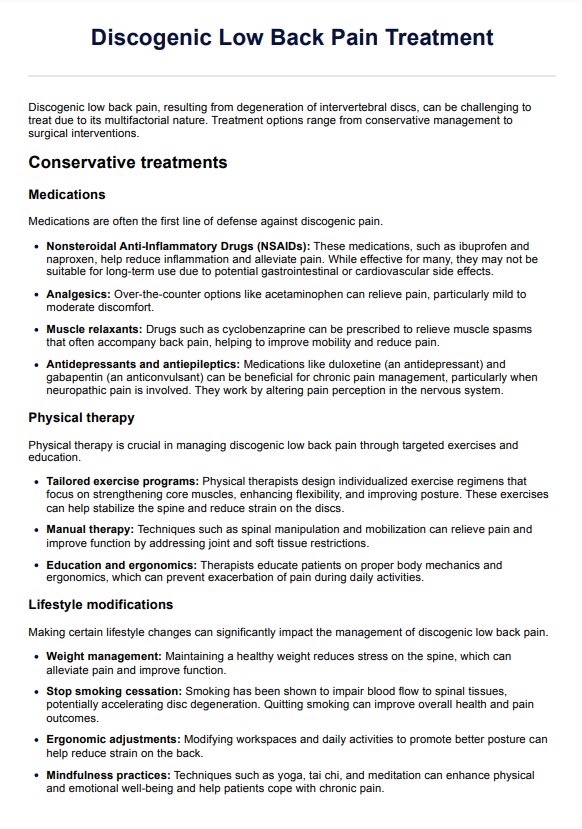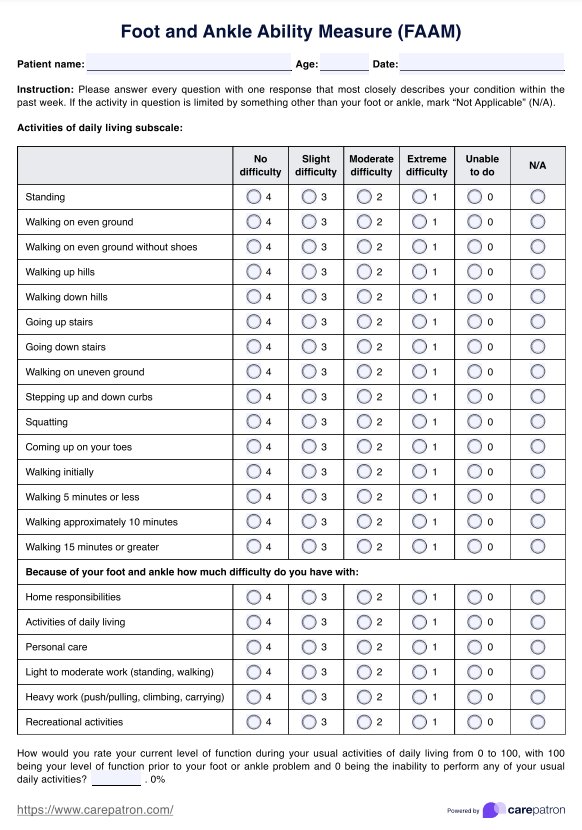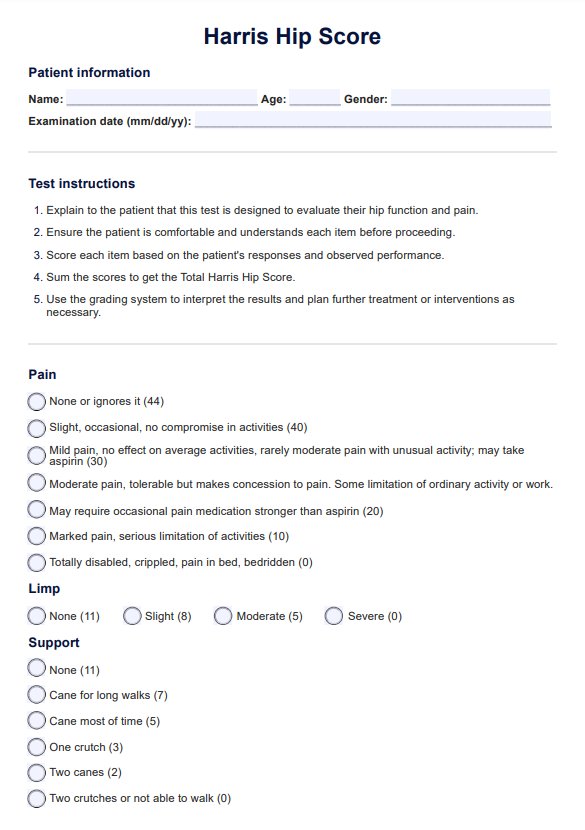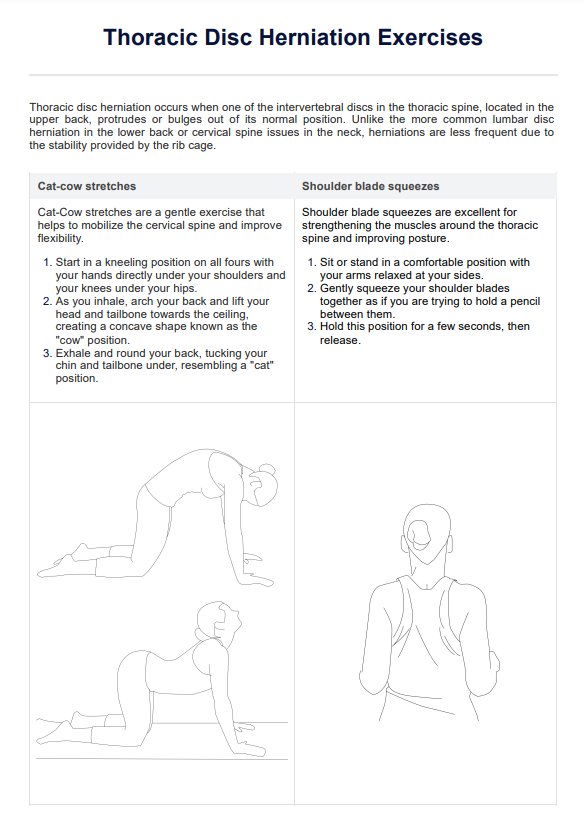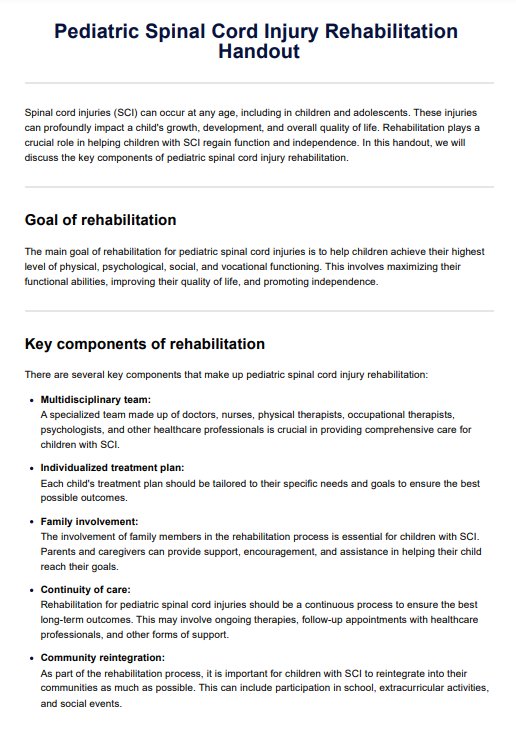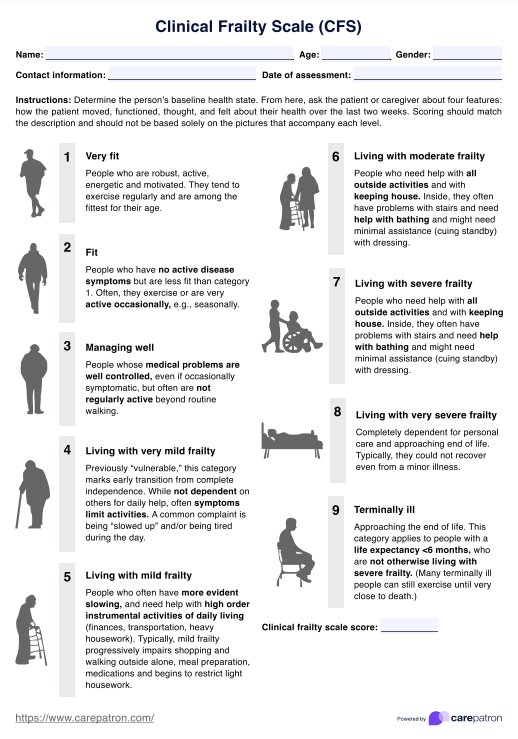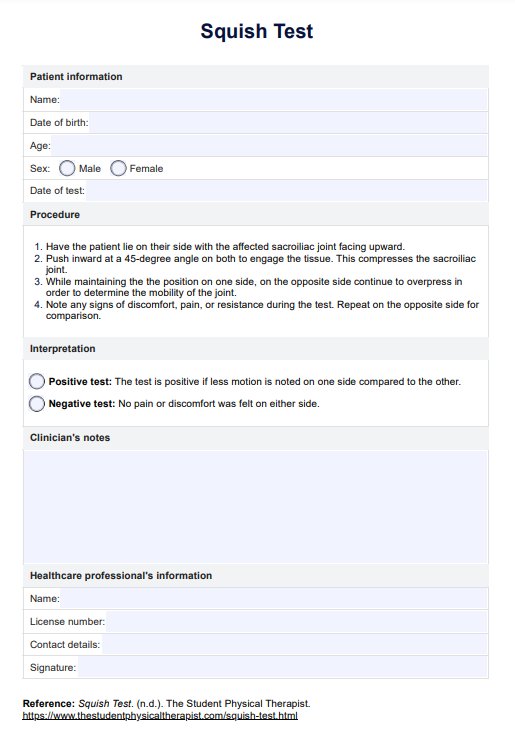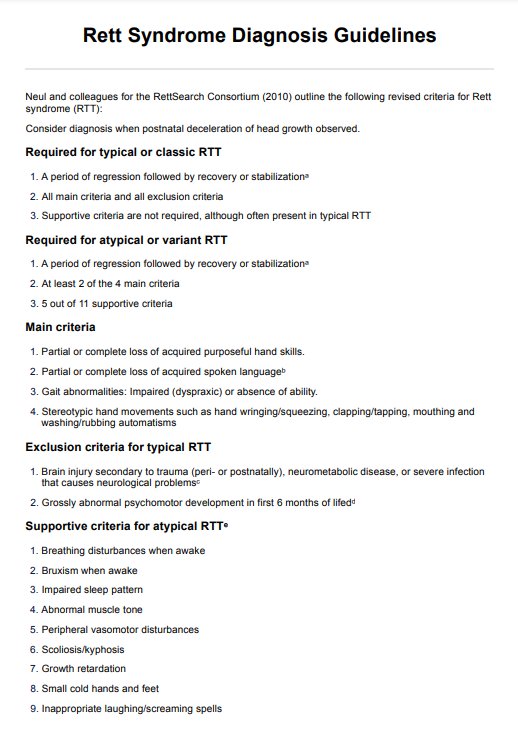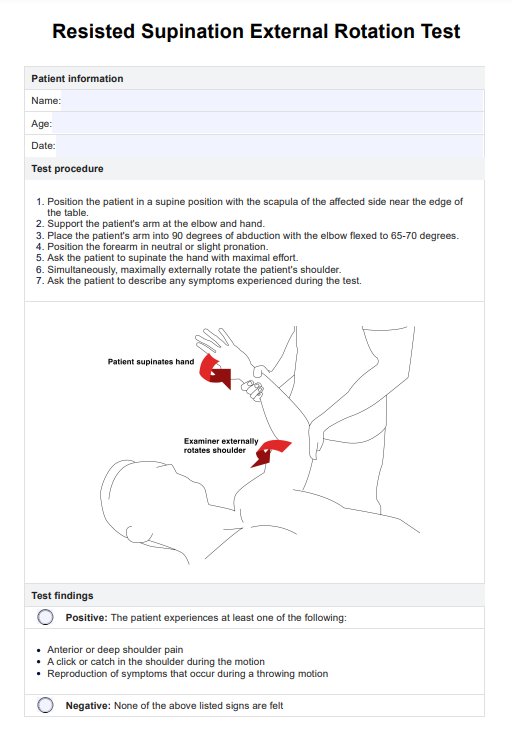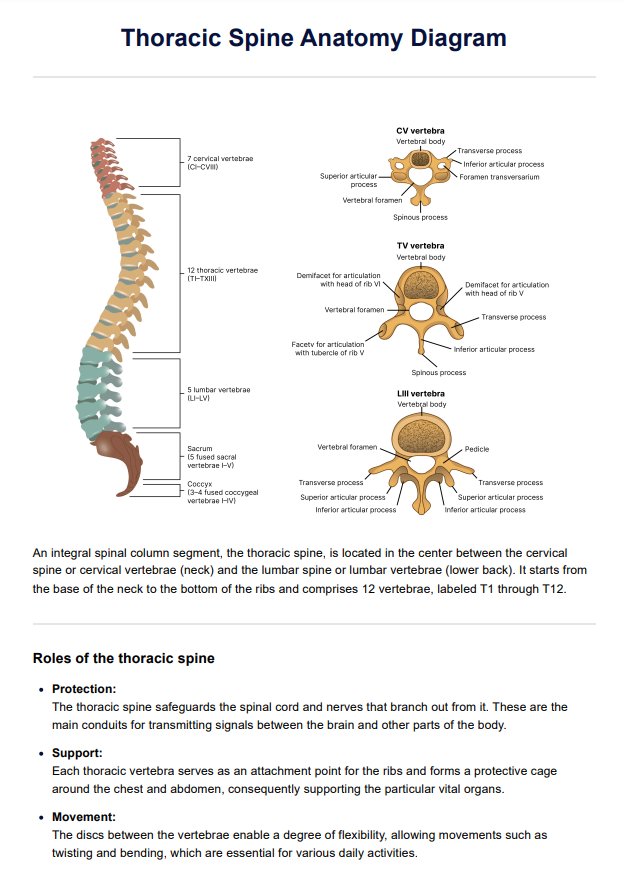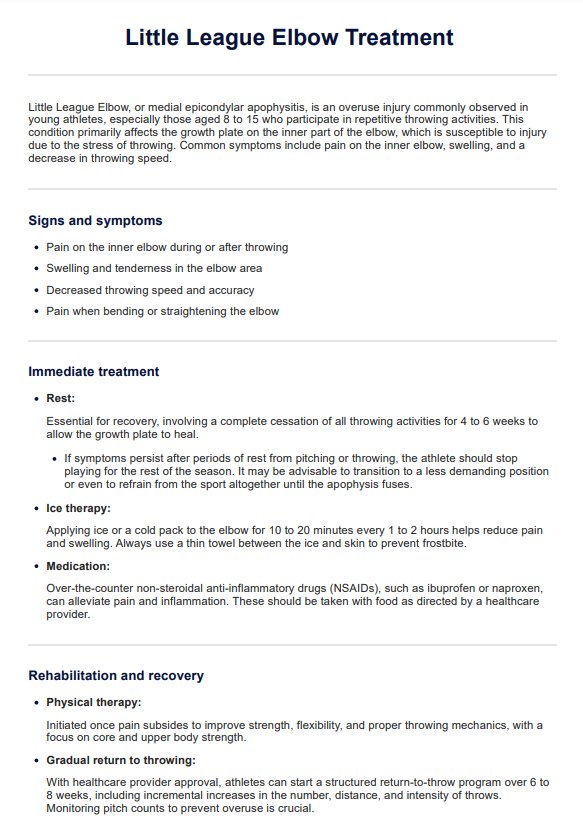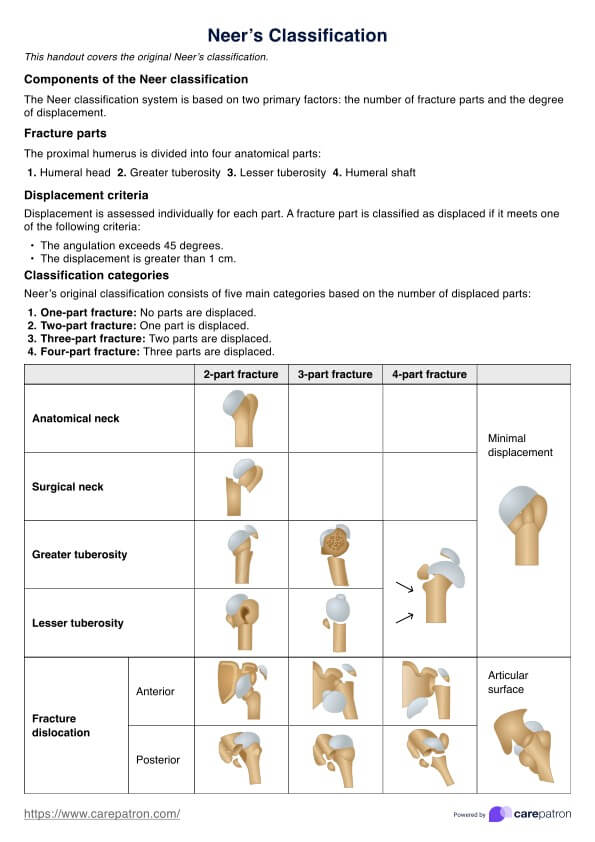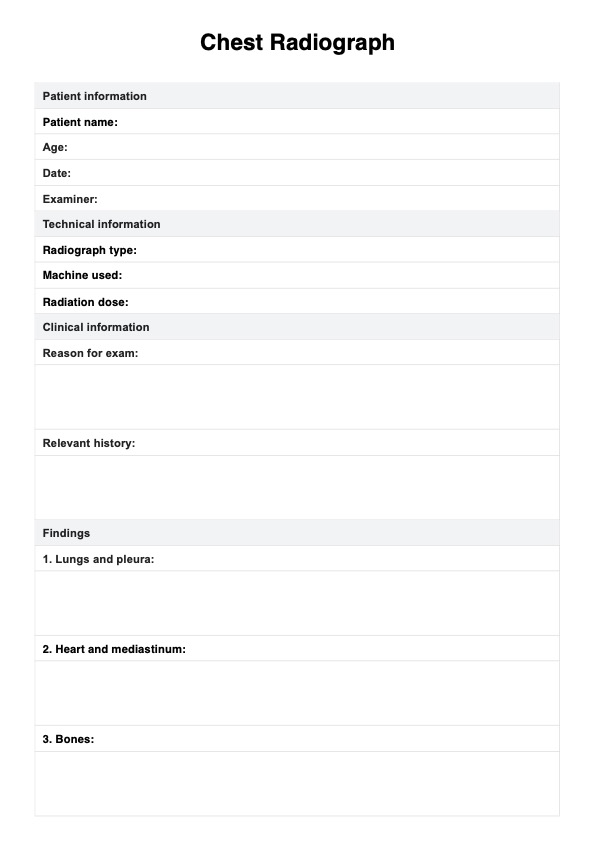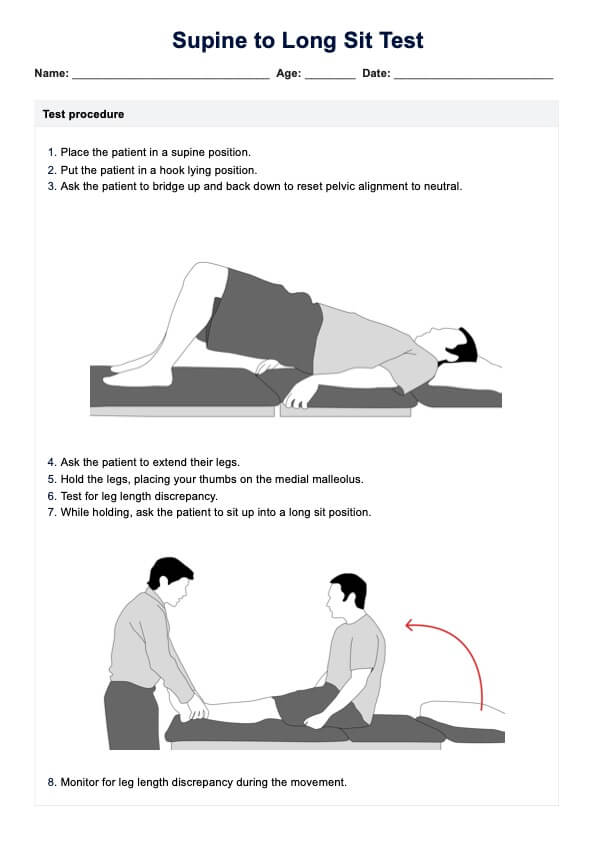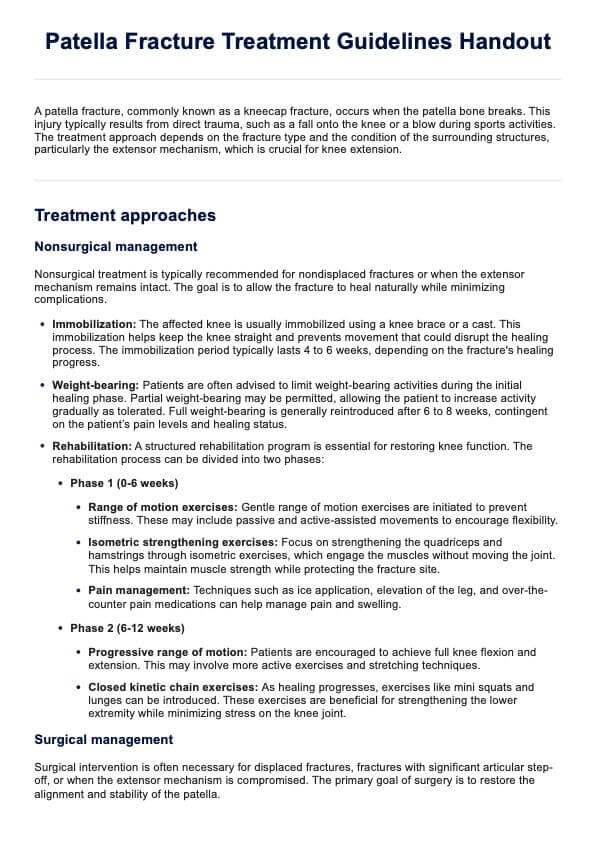Cluster of Laslett
Sacroiliac joint pain can be effectively managed when assessed with a Cluster of Laslett's tests. Get a free template here.


What is sacroiliac joint pain?
Sacroiliac joint (SIJ) pain refers to discomfort originating from the sacroiliac joints, which connect the sacrum to the iliac bones of the pelvis. This condition is often associated with sacroiliac joint dysfunction, which can result from trauma, arthritis, pregnancy, biomechanical imbalances, or prolonged sitting and standing.
Patients experiencing SIJ pain typically report discomfort that radiates from the lower back or buttocks into the thighs. Symptoms may include stiffness, difficulty standing or walking, and worsening pain during specific movements, such as bending, climbing stairs, or transitioning from sitting to standing. In cases where special tests or other individual provocation tests yield a positive response, SIJ dysfunction is suspected.
Provocation SIJ tests, including distraction, compression, thigh thrust, and sacral thrust, play a key role in assessing diagnostic accuracy when evaluating SIJ dysfunction. These tests identify pain reproduction patterns. The predictive power of these provocation tests improves when multiple tests are positive, but a diagnostic injection to isolate pain may be required to confirm the pain source.
Cluster of Laslett Template
Cluster of Laslett Example
What is the Cluster of Laslett test?
The Cluster of Laslett is a tool used in low back pain assessment to determine whether the sacroiliac joint is the primary source of a patient’s pain. Initially, the cluster consisted of six provocative tests, including the Gaenslen's test, but further research led Mark Laslett to refine it into an algorithm of four tests, as the other two did not provide additional diagnostic value. The four tests, which have the best predictive power in the refined cluster, include:
Distraction test
The patient lies supine while the examiner applies bilateral pressure to the anterior superior iliac spines (ASIS), directing the force outward. This maneuver stresses the anterior sacroiliac ligaments. A positive test is indicated by pain reproduction in the sacroiliac region, suggesting SIJ involvement.
Thigh thrust test
The patient lies supine with the hip and knee flexed to 90 degrees. The examiner places one hand under the sacrum for stabilization and applies a posteriorly directed force through the femur, creating shear stress at the sacroiliac joint (SIJ). A positive test is indicated by pain reproduction in the SIJ region, suggesting SIJ dysfunction.
Compression test
The patient lies in a side-lying position with the affected side upward. The examiner applies downward pressure on the uppermost iliac crest, compressing the SIJ. A positive test occurs when pain is reproduced in the SIJ region, indicating sacroiliac involvement.
Sacral thrust test
The patient is positioned prone while the examiner applies a posteriorly directed force over the sacrum, using both hands to apply a quick, firm downward pressure. This maneuver stresses the SIJ. A positive test is confirmed when pain is reproduced in the SIJ area, supporting the presence of SIJ dysfunction.
A diagnosis of sacroiliac joint dysfunction is considered more likely when two or more of these tests reproduce the patient’s pain. Each test in the Cluster of Laslett applies mechanical stress to the SIJ in different ways, ensuring a thorough assessment of joint involvement. The combination of multiple positive tests increases the likelihood that the SIJ is the primary pain generator rather than another structure, such as the lumbar spine or hip joint.
When at least two tests are positive, the Cluster of Laslett has a reported sensitivity of 88% and a specificity of 78%, meaning it is both a highly sensitive and specific tool for identifying SIJ dysfunction (Laslett et al., 2005). However, Saueressig et al. (2021) found that a positive result on a sacroiliac joint pain provocation test cluster gives only a 35% diagnostic accuracy of having correctly identified sacroiliac joint pain. This suggests that while the cluster is useful for ruling out SIJ pain when tests are negative, it may be less effective for confirming the SIJ as the source of pain when tests are positive.
How does our Cluster of Laslett test template work?
Our free template includes the four provocation tests from the refined Cluster of Laslett, allowing you to assess sacroiliac joint dysfunction in your clinical practice efficiently. The template is designed to streamline clinical documentation by providing a structured format for recording test results and additional notes.
Step 1: Download the template
Click the "Use template" button to open the Cluster of Laslett template via the Carepatron app. You can also edit the test on the platform to fit your needs. To get a PDF copy, choose "Download."
Step 2: Conduct the tests
Follow the instructions for each of the four provocation tests included in the refined Cluster of Laslett, including the distraction test, compression test, thigh thrust test, and sacral thrust test. A positive result in at least two suggests sacroiliac joint dysfunction. If the first two tests are negative, proceed to the third. If it’s positive, the SIJ is likely the pain source. If not, perform the sacral thrust test—two positives confirm a likely symptomatic SIJ.
Step 3: Record your findings
Use the template to document your test results. You can also add clinical notes and recommendations based on the assessment. After completing the assessment, you can save the results securely in the Carepatron app. If needed, export the document as a PDF for printing or sharing with other healthcare professionals.
Other evaluation tools for sacroiliac joint pain
While the Cluster of Laslett serves as a valuable screening tool for sacroiliac joint dysfunction, additional evaluation may be required to achieve a better evidence-based diagnosis and help with your patient's treatment plan.
Confirmatory diagnostic injection
A diagnostic injection is useful for confirming SIJ dysfunction (Jung et al., 2020). This involves injecting a local anesthetic into the SI joint under fluoroscopic or ultrasound guidance. If the injection provides significant pain relief, it confirms the SI joint as the primary pain source. This step enhances the diagnostic power of the assessment, as provocation SIJ tests alone may not definitively isolate the SI joint as the pain generator.
Further functional assessment
Evaluating the patient's movement patterns with their legs extended can provide further insights into SIJ involvement. Observing pain response in weight-bearing and non-weight-bearing positions helps differentiate SIJ dysfunction from other musculoskeletal conditions, such as lumbar spine pathology or hip joint disorders.
Advanced imaging for structural evaluation
While SIJ dysfunction is primarily a clinical diagnosis, imaging studies such as MRI or CT scans may be considered when structural abnormalities, inflammatory conditions, or other differential diagnoses are suspected. These imaging modalities can help rule out conditions such as spondyloarthritis, fractures, or neoplastic processes that may mimic SIJ dysfunction.
Comprehensive clinical correlation
To optimize diagnostic accuracy, you should integrate findings from special tests, provocation tests, diagnostic injections, and imaging studies while considering the patient’s clinical history, symptom presentation, and response to interventions. This multifactorial approach ensures a precise diagnosis and informs targeted treatment strategies for SIJ dysfunction.
References
Jung, M. W., Schellhas, K., & Johnson, B. (2020). Use of diagnostic injections to evaluate sacroiliac joint pain. International Journal of Spine Surgery, 14(s1), S30–S34. https://doi.org/10.14444/6081
Laslett, M., Aprill, C. N., McDonald, B., & Young, S. B. (2005). Diagnosis of Sacroiliac Joint Pain: Validity of individual provocation tests and composites of tests. Manual Therapy, 10(3), 207–218. https://doi.org/10.1016/j.math.2005.01.003
Saueressig, T., Owen, P. J., Diemer, F., Zebisch, J., & Belavy, D. L. (2021). Diagnostic accuracy of clusters of pain provocation tests for detecting sacroiliac joint pain: Systematic review with meta-analysis. Journal of Orthopaedic & Sports Physical Therapy, 51(9), 1–41. https://doi.org/10.2519/jospt.2021.10469
Commonly asked questions
The Cluster of Laslett assesses sacroiliac joint (SIJ) dysfunction by using four provocation tests to reproduce pain and determine if the SIJ is the source. These tests apply controlled stress to the joint to evaluate pain response. A positive result in at least two tests suggests SIJ involvement.
At least two positive test results indicate SIJ involvement. If the first two tests are negative, additional tests should be performed to confirm the diagnosis. A combination of clinical evaluation and further diagnostic testing may also be necessary.
Pelvic tilts are one of the best exercises for sacroiliac pain as they help stabilize the SIJ, improve mobility, and reduce discomfort. Strengthening exercises for the core and glute muscles, such as bridges and bird dogs, can also support SIJ function. Gentle stretching of the hip flexors and lower back may also further relieve tension.


